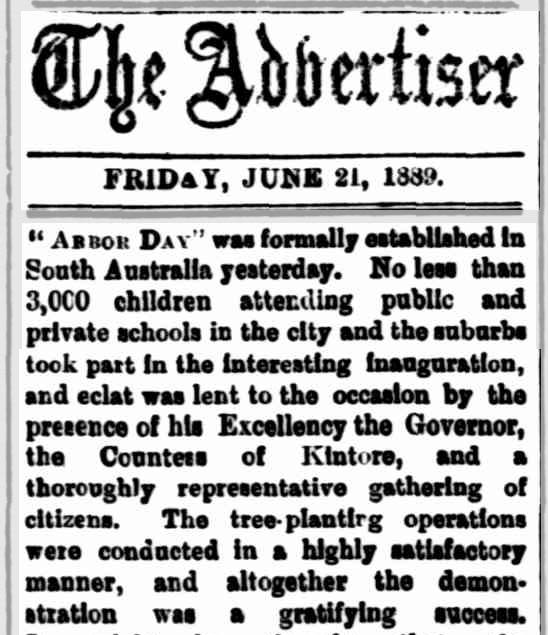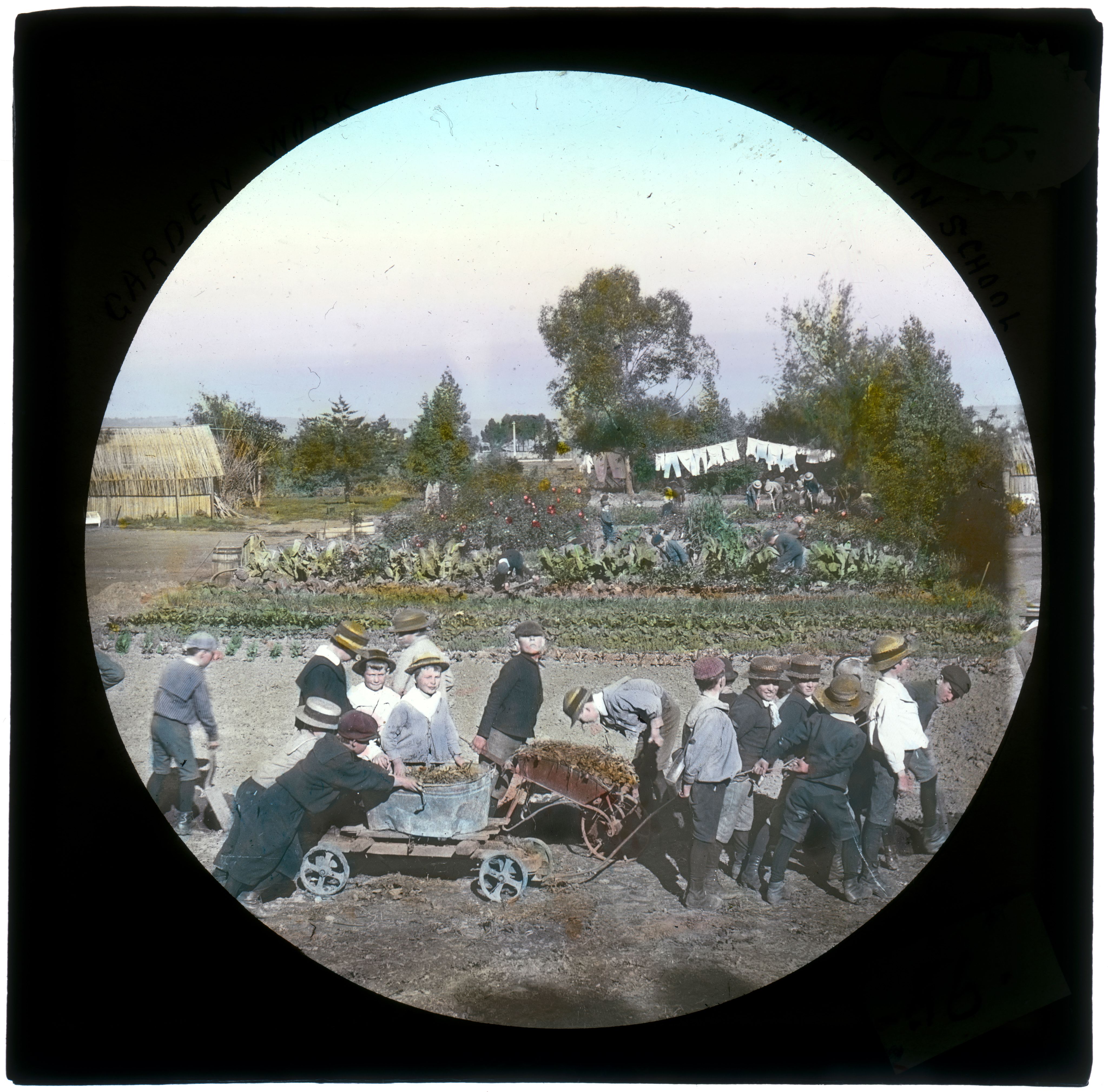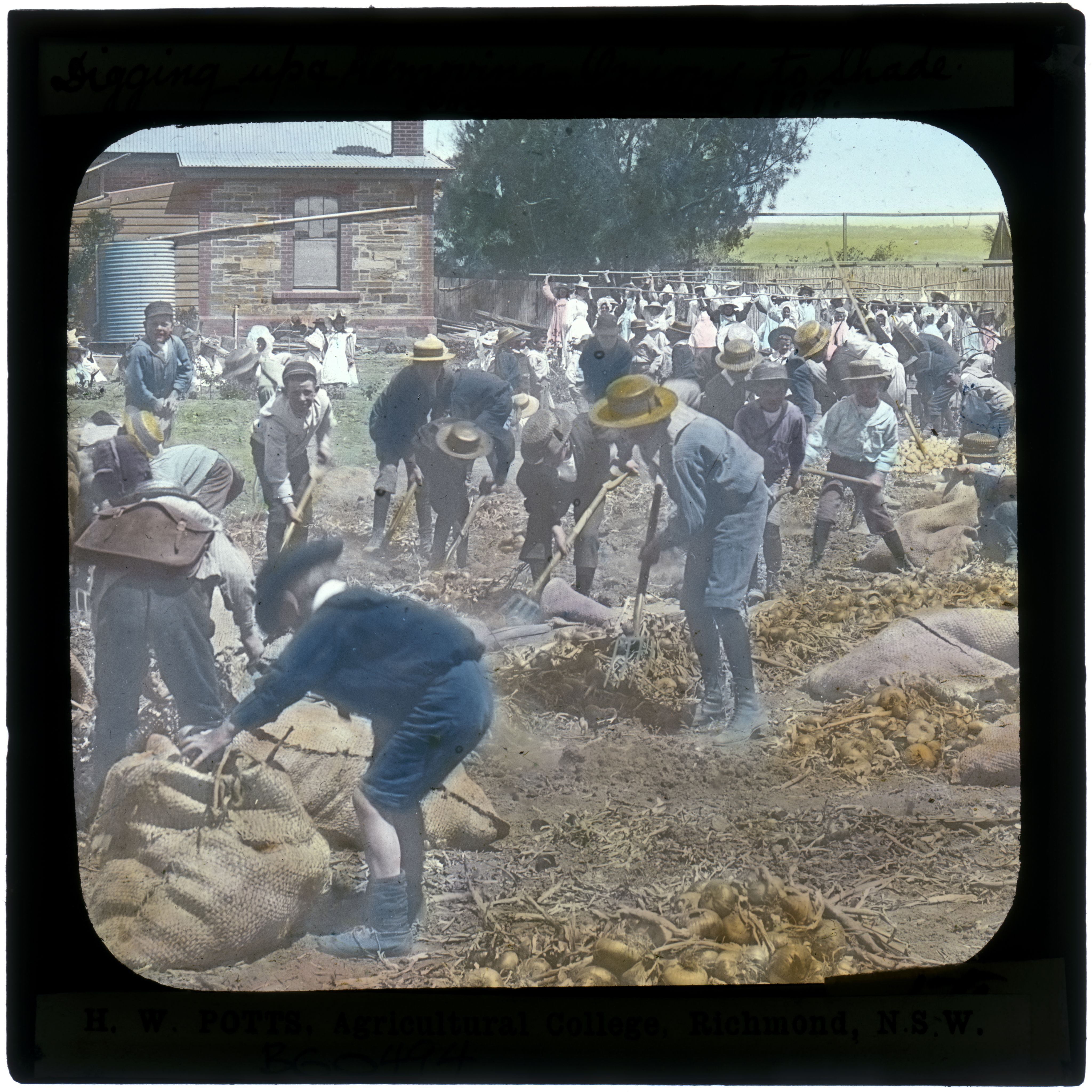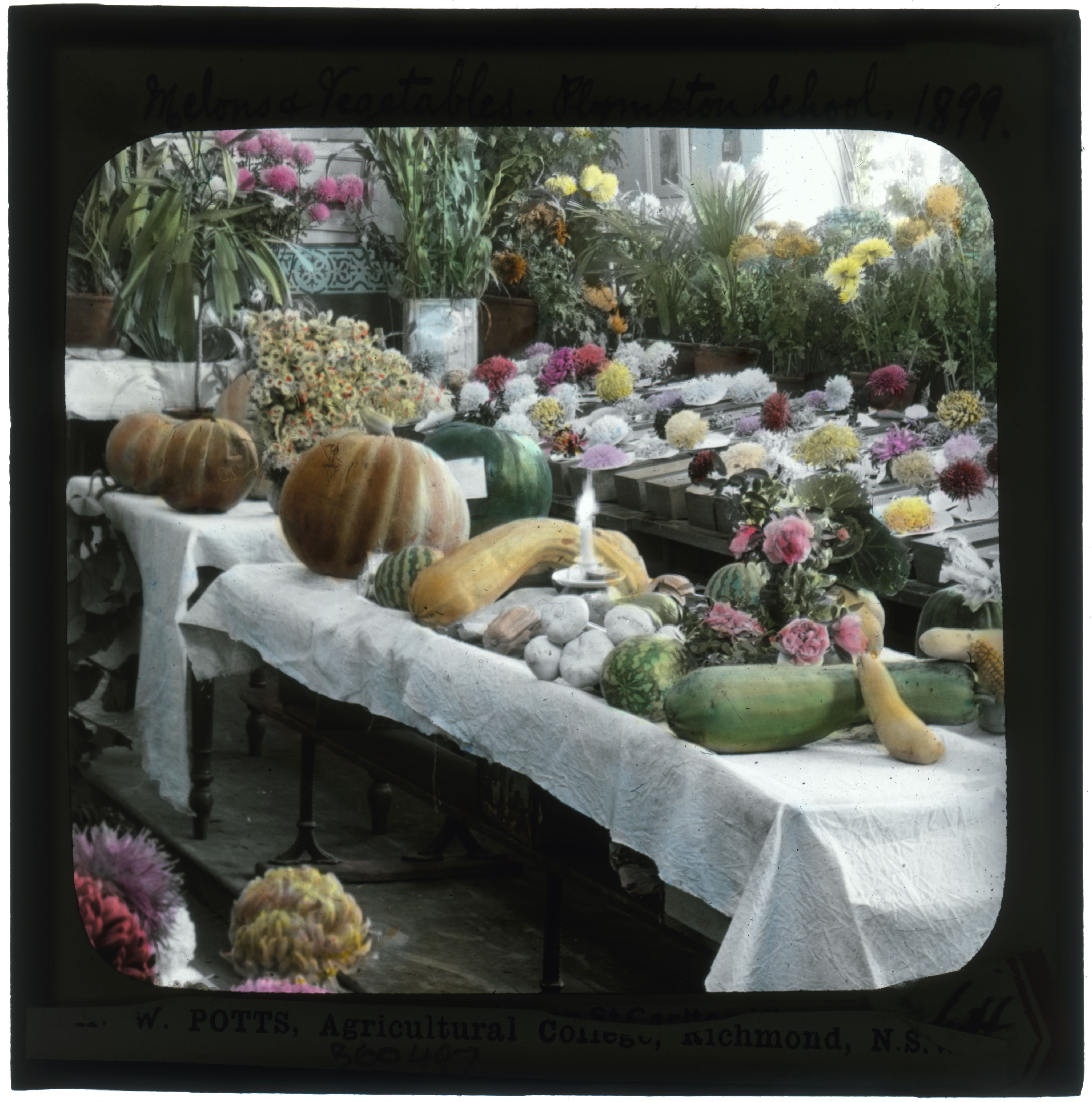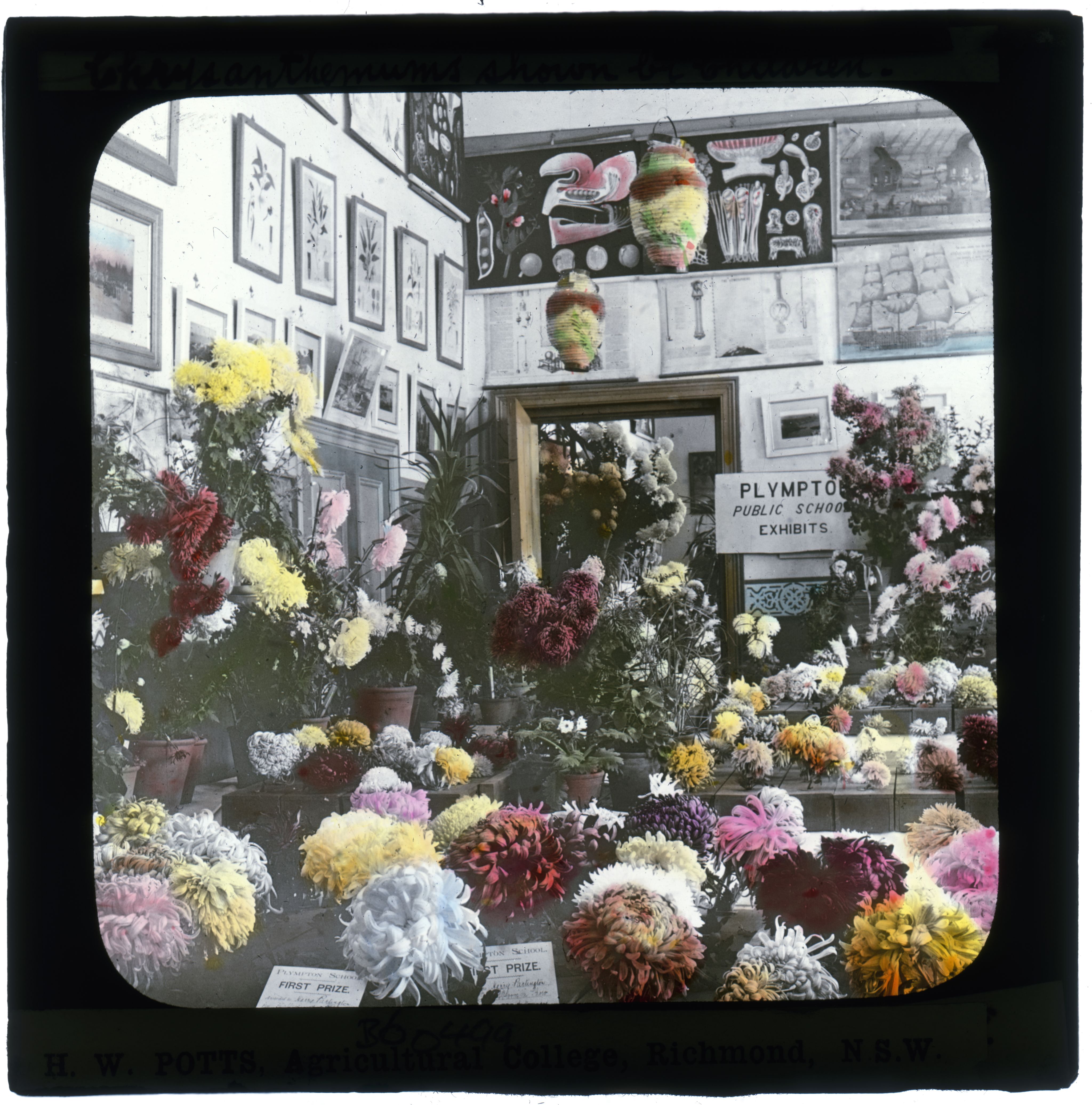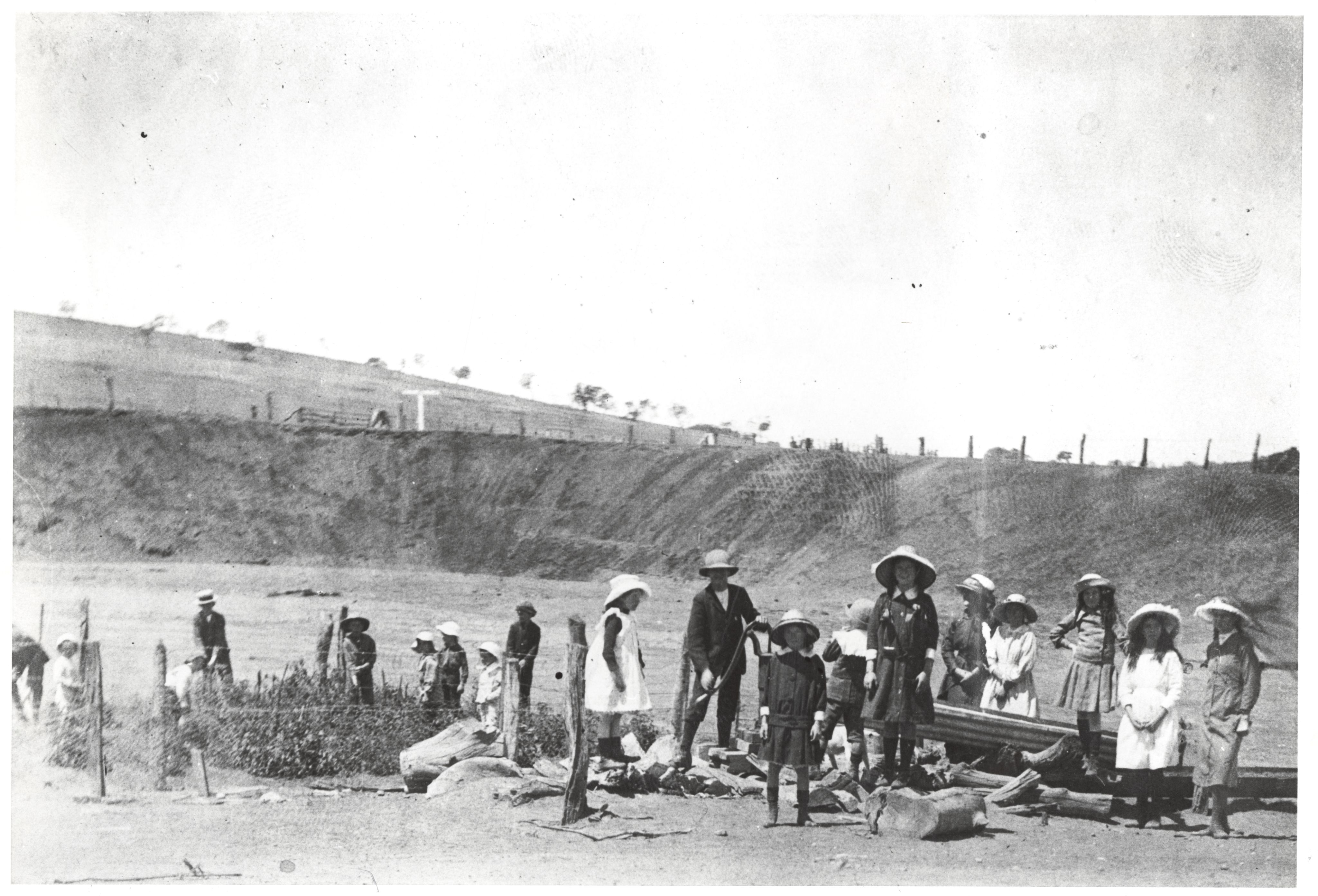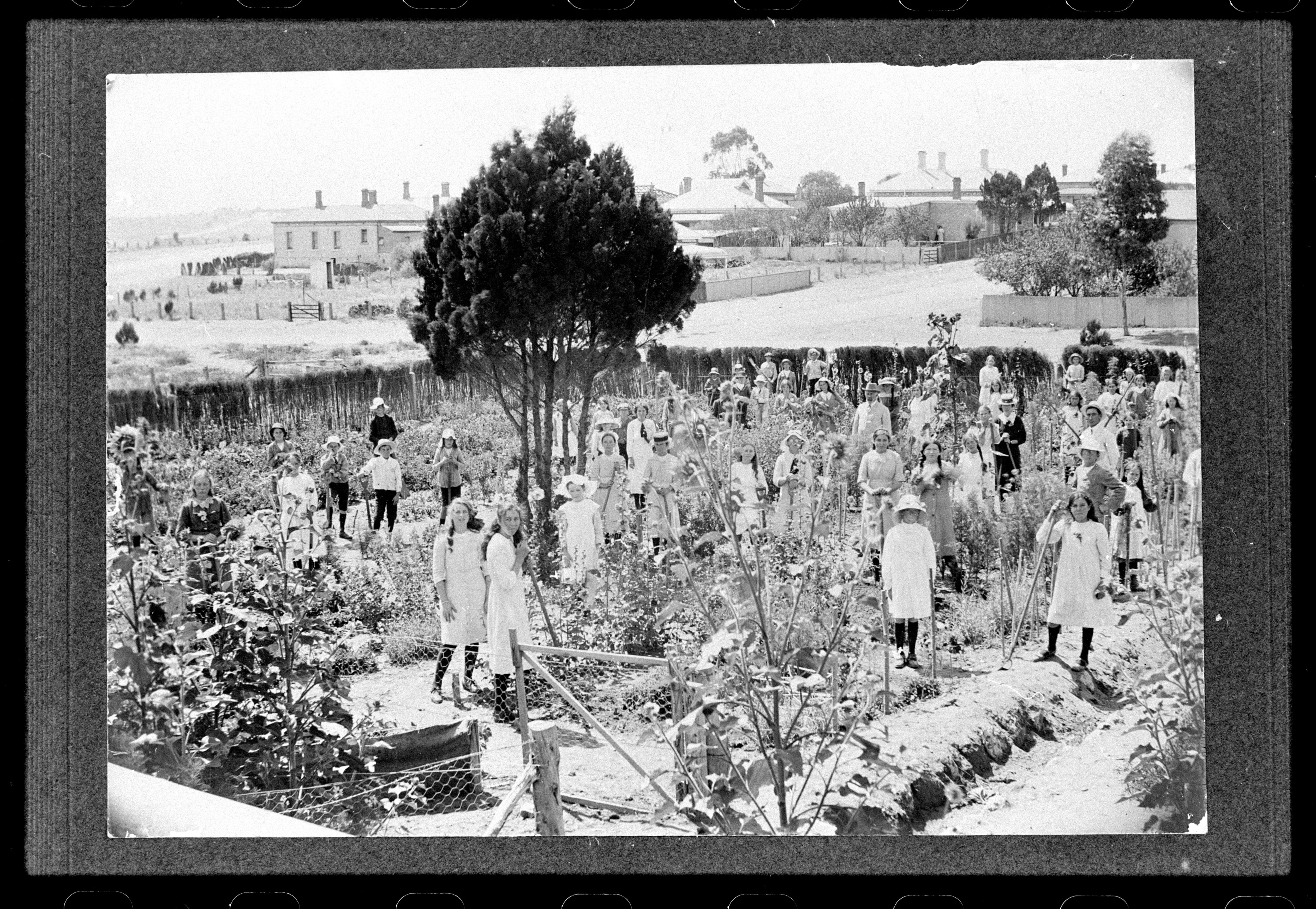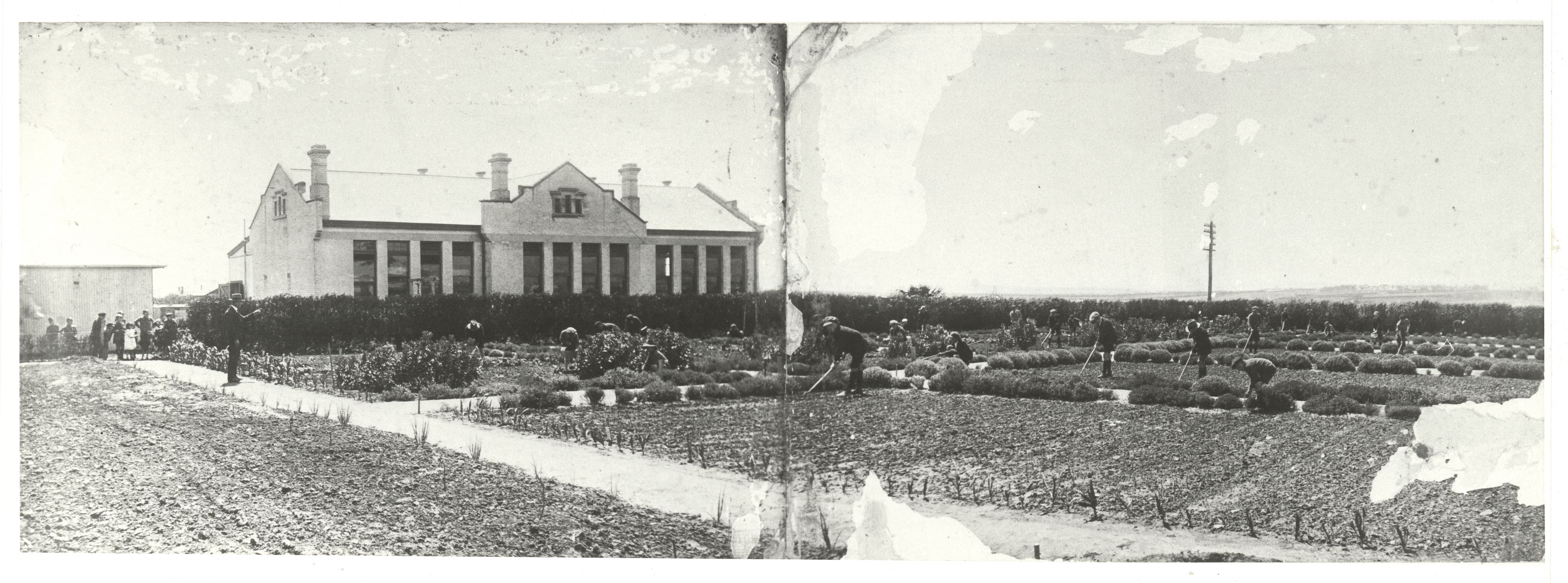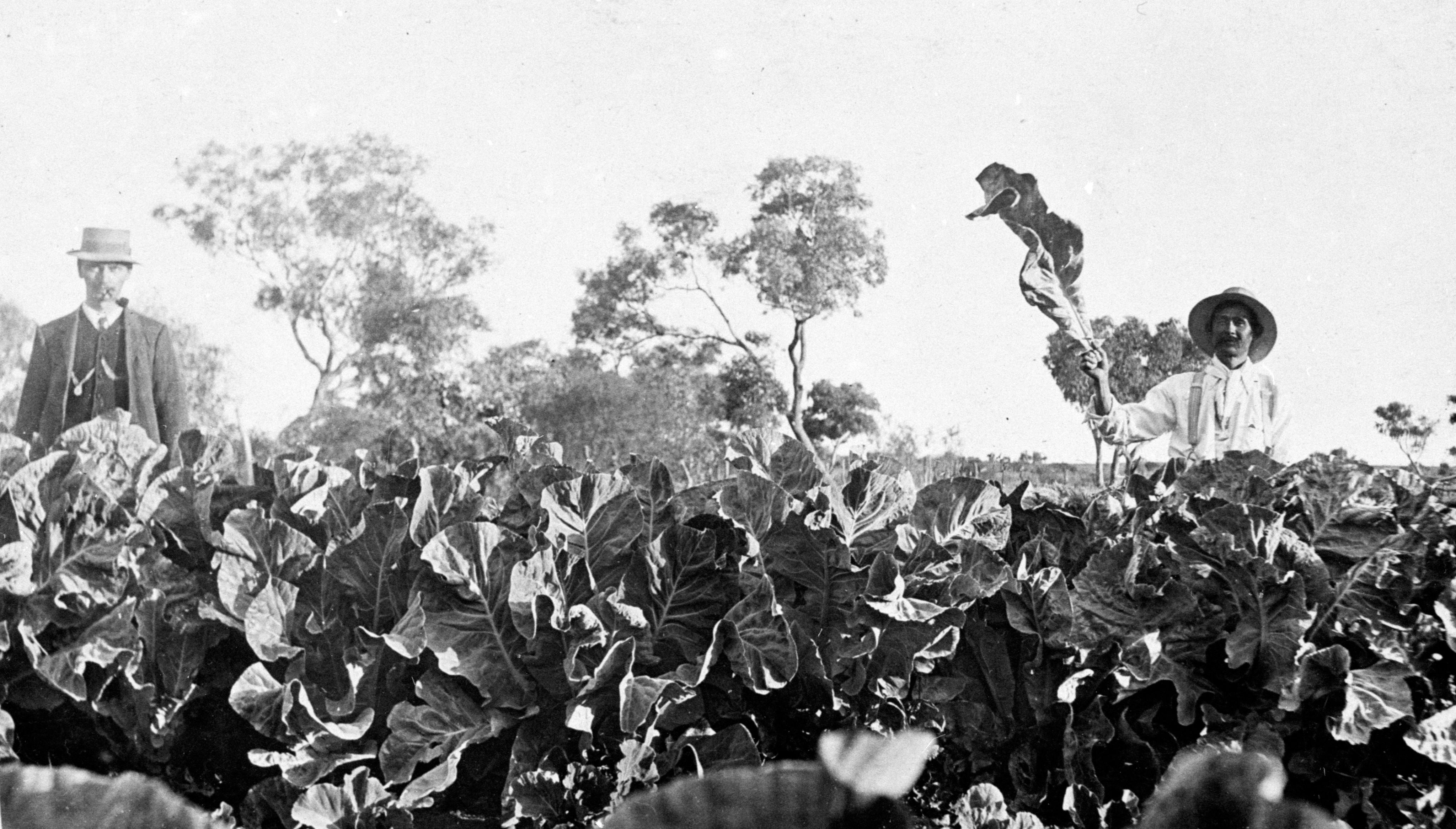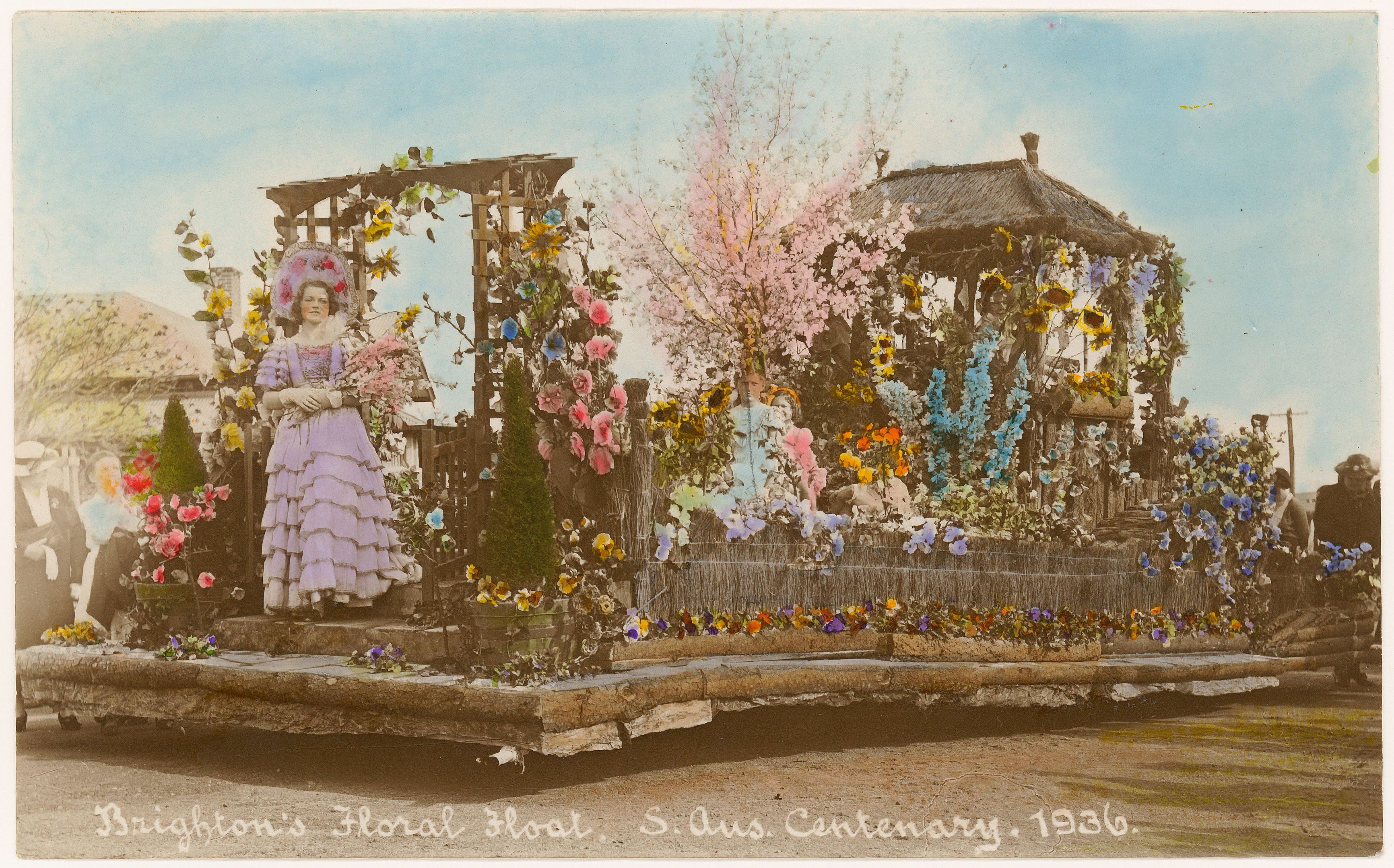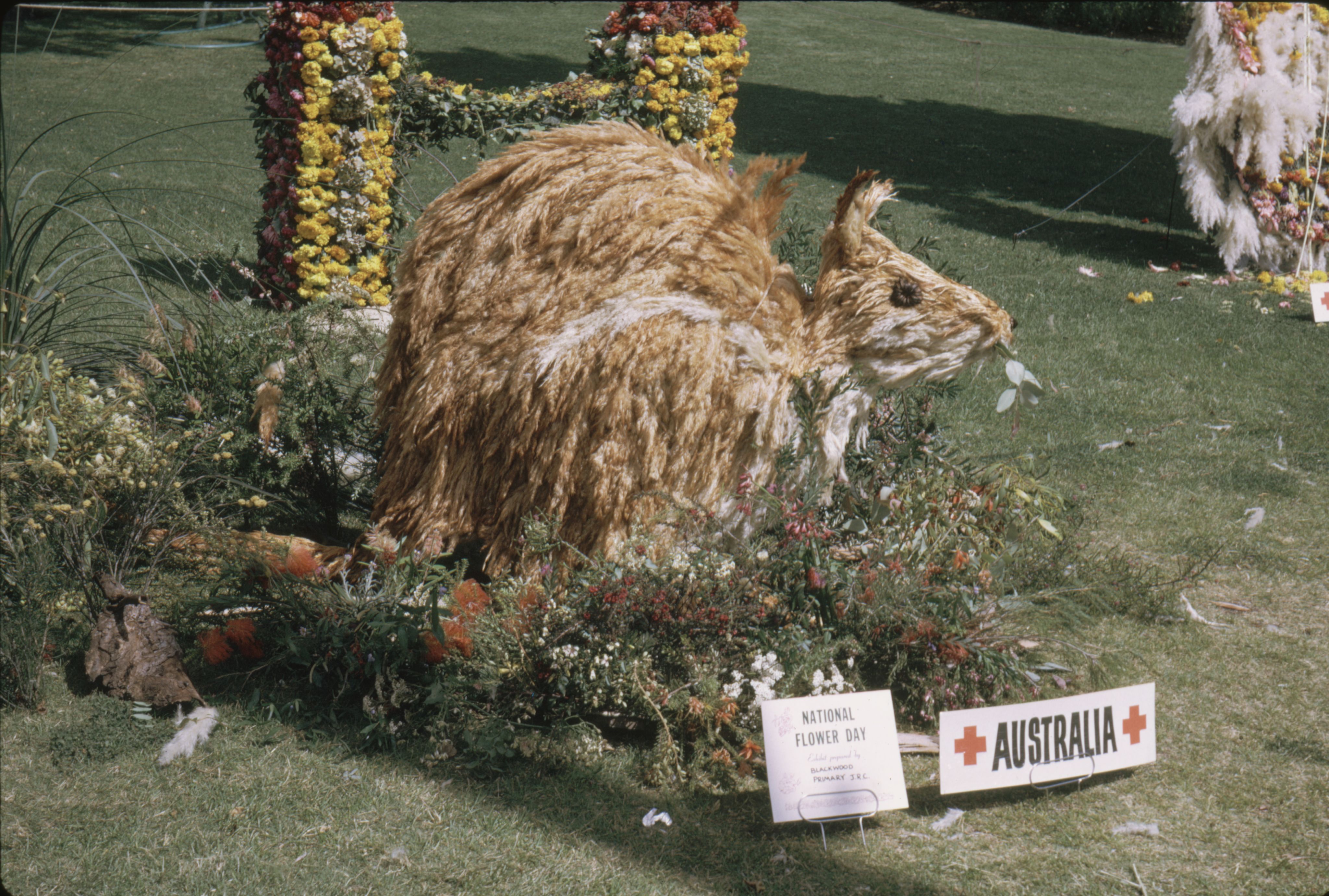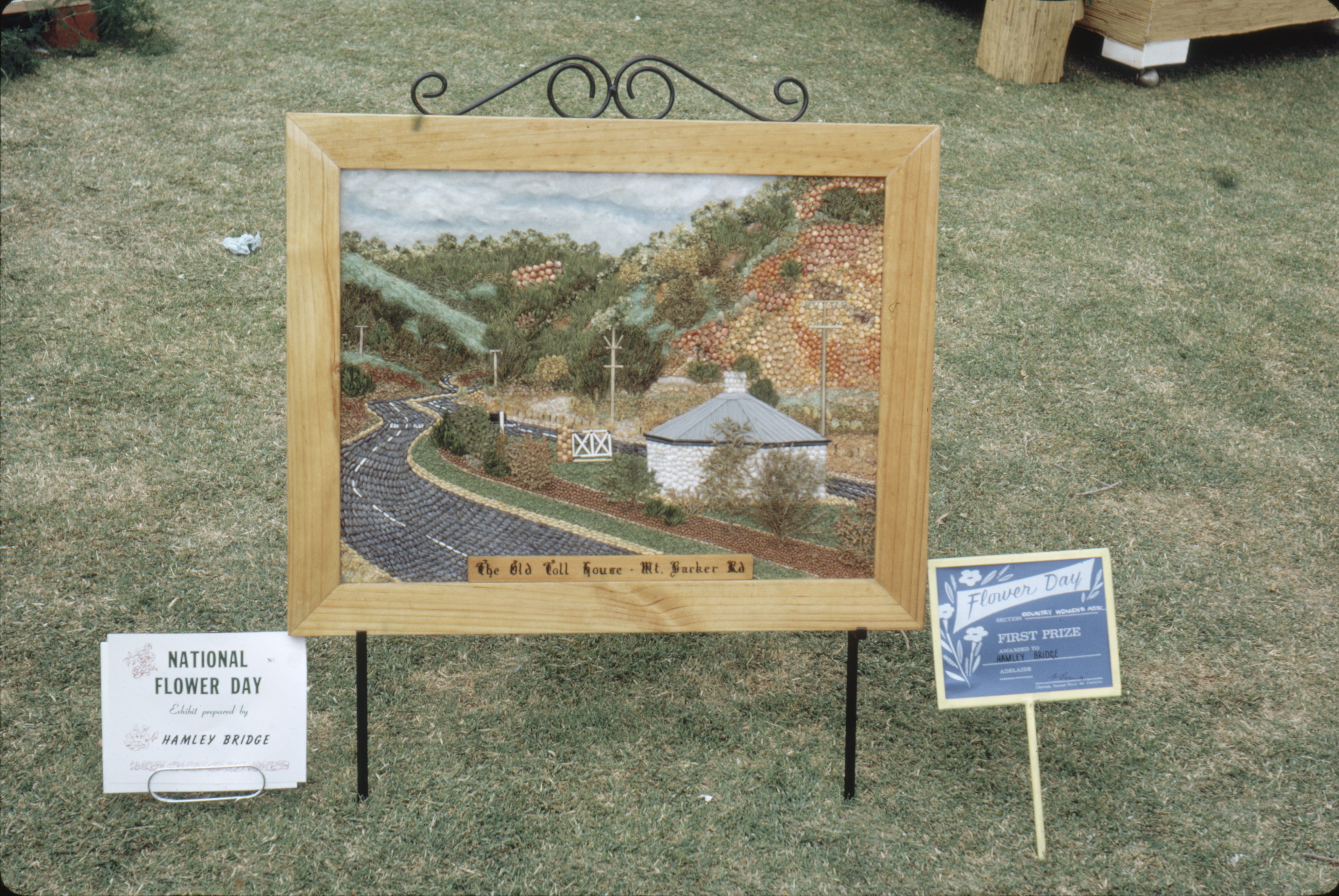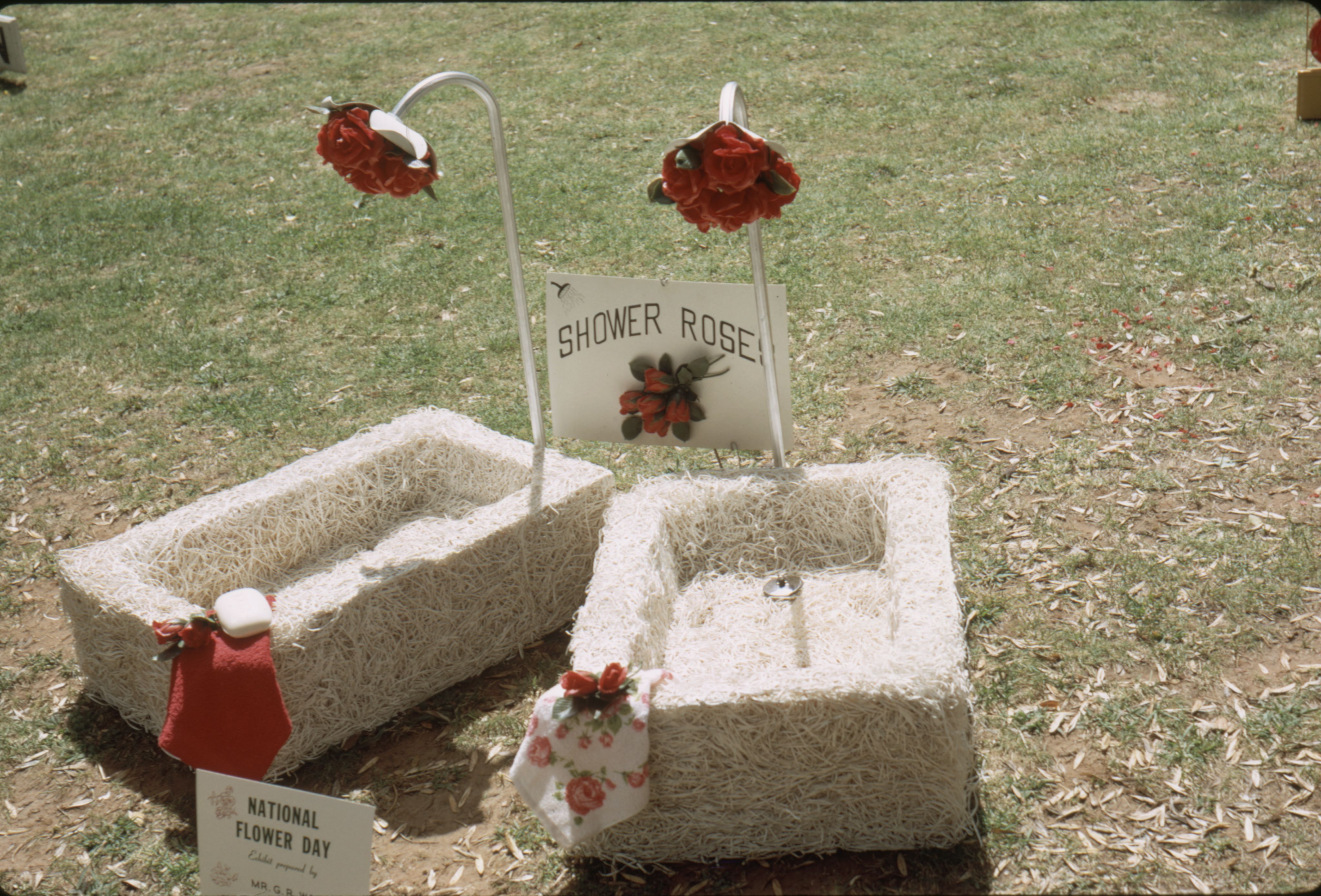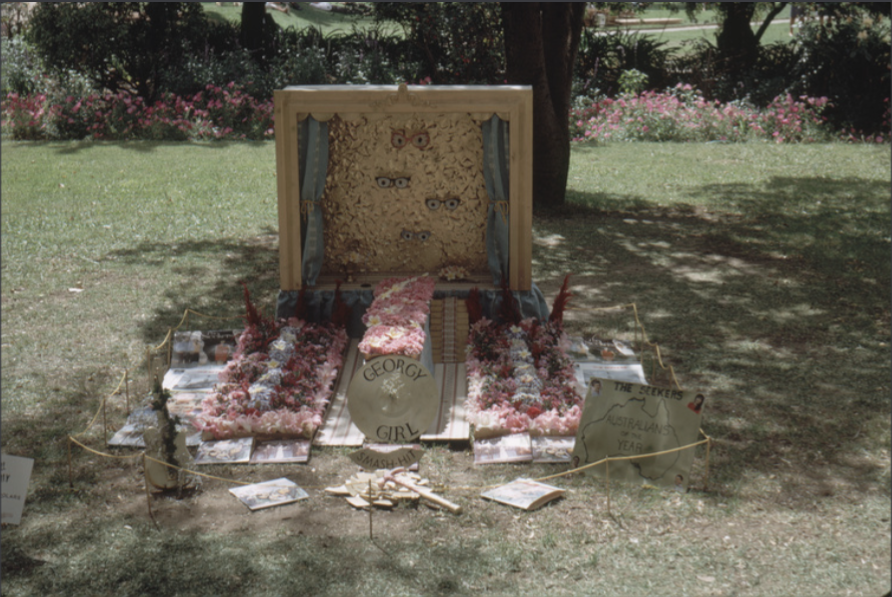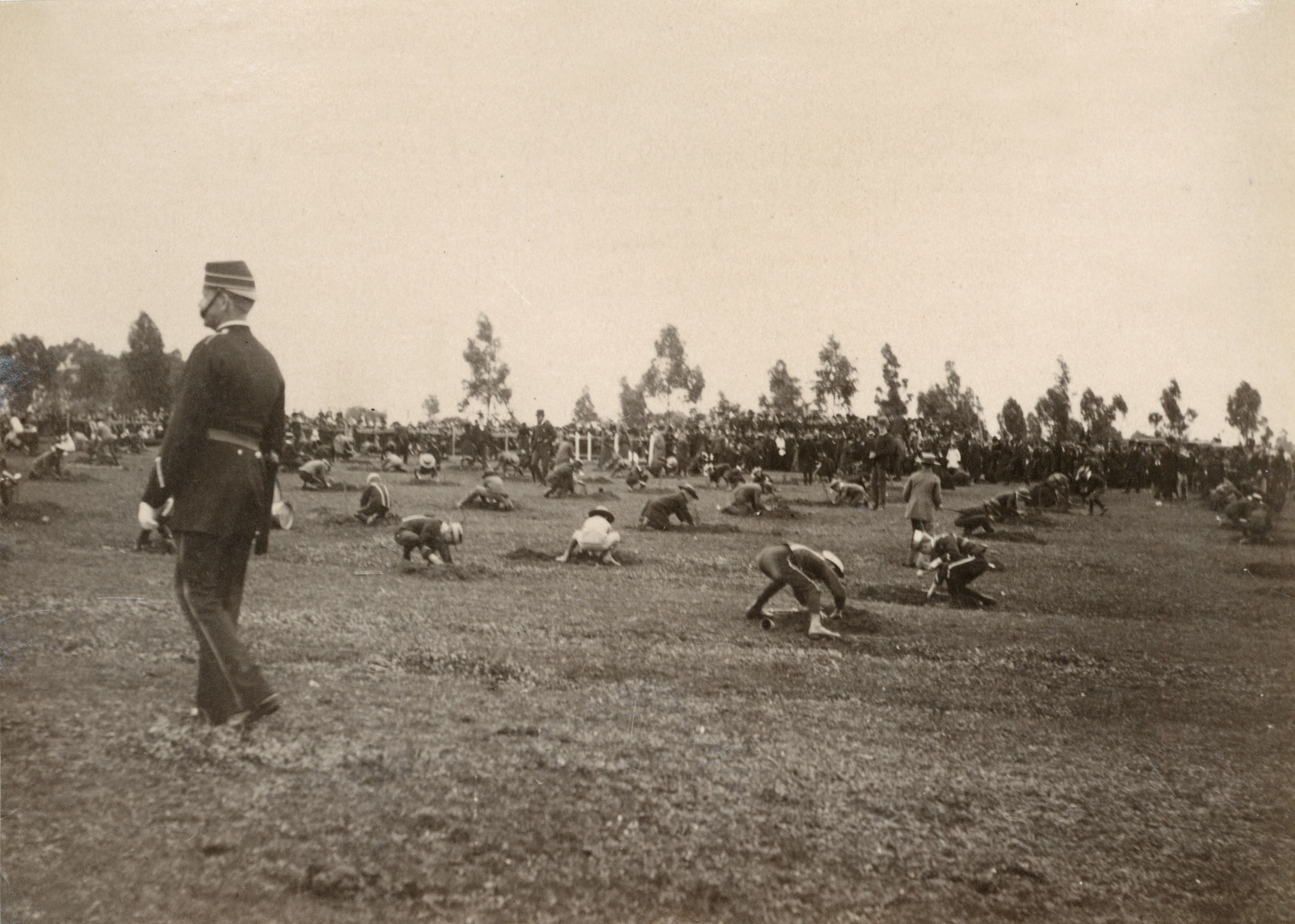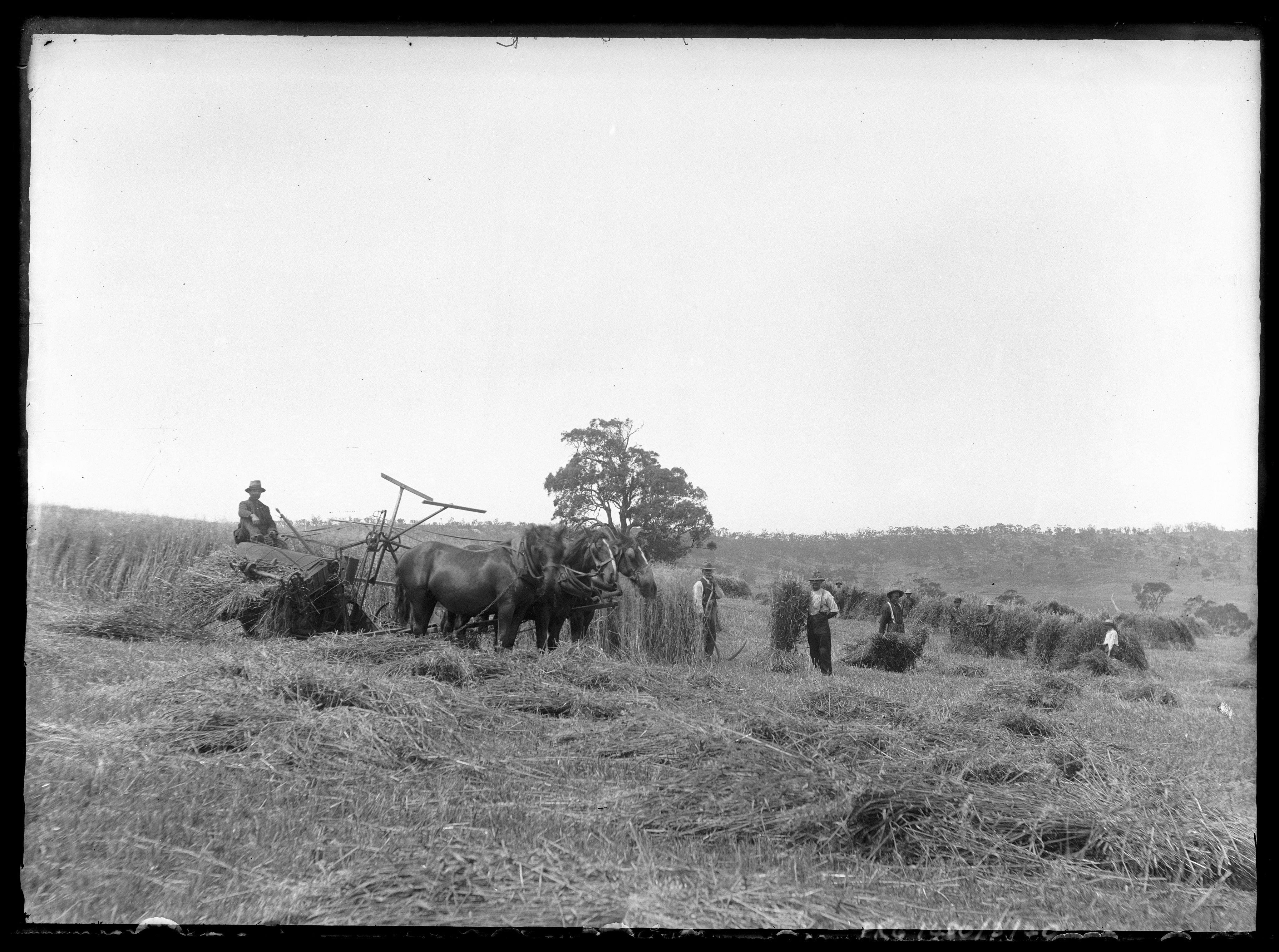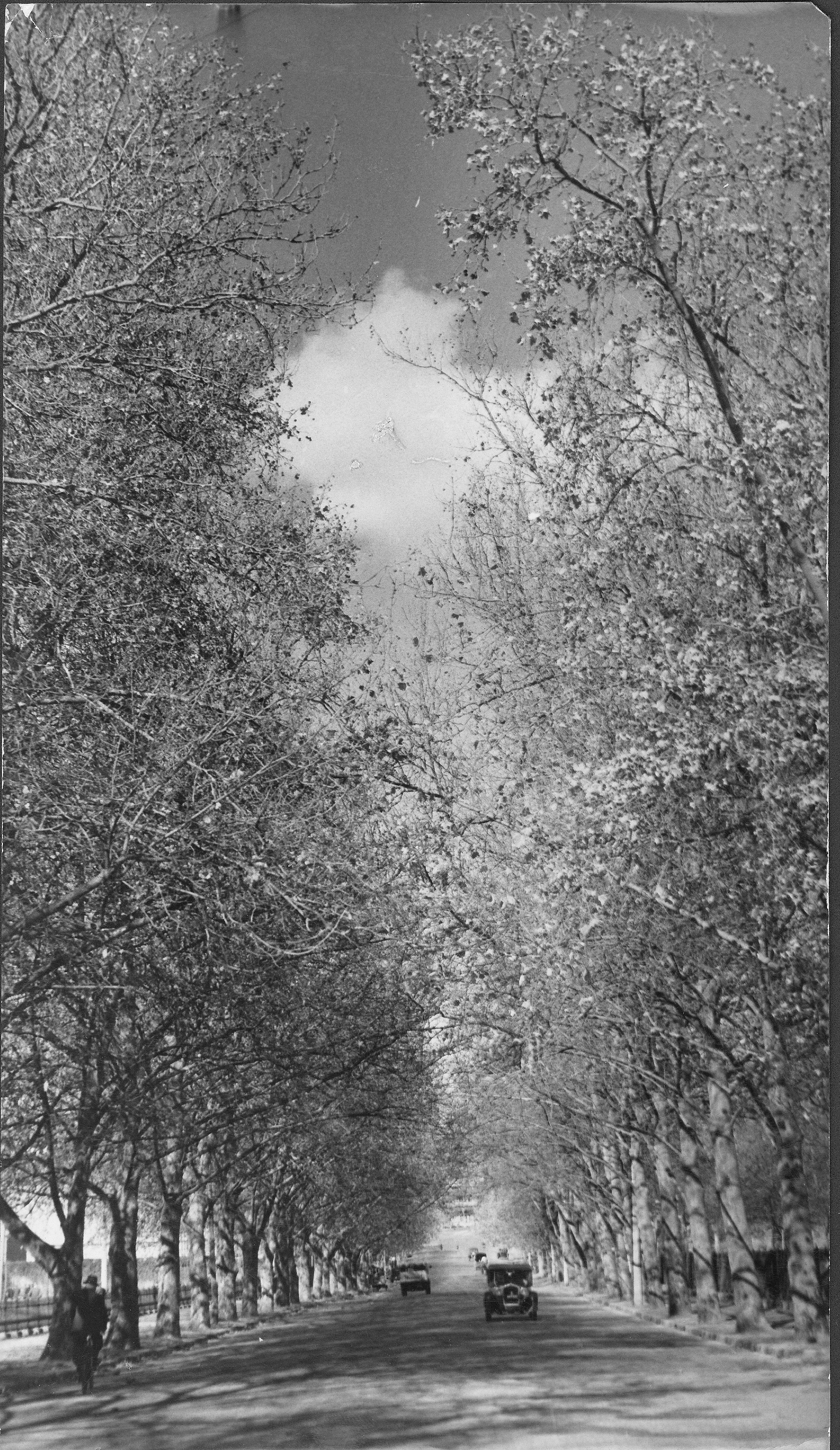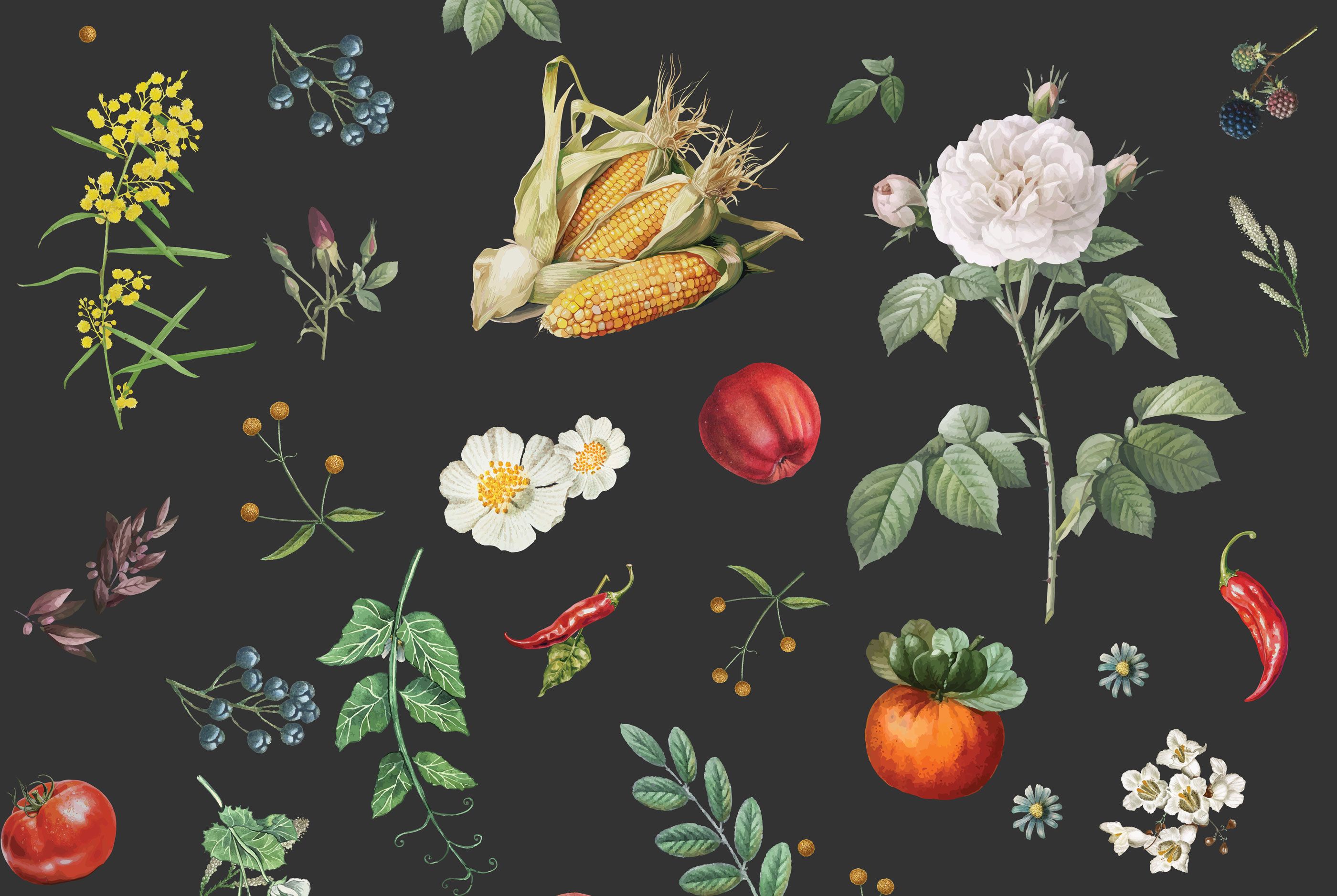
Cornucopia: gardens and gardening in South Australia
We invite you to explore a world of blooming beauty and historical wonder. Immerse yourself in South Australia's rich gardening heritage, where gardens are not just landscapes but living, breathing reflections of our past.
From First Nations peoples’ caretaking of the land to the charming gardens of the mid-20th century, Cornucopia invites you to explore different types of gardens, including suburban, country, school and market.
Drawing from the State Library's extensive collections, see how South Australians transformed their gardens into more than just plots of greenery. They became havens for afternoon teas, scenic backdrops for photographs, playful playgrounds for children, serene sanctuaries for contemplation, and so much more.
"If you have a garden and a library, you have everything you need."
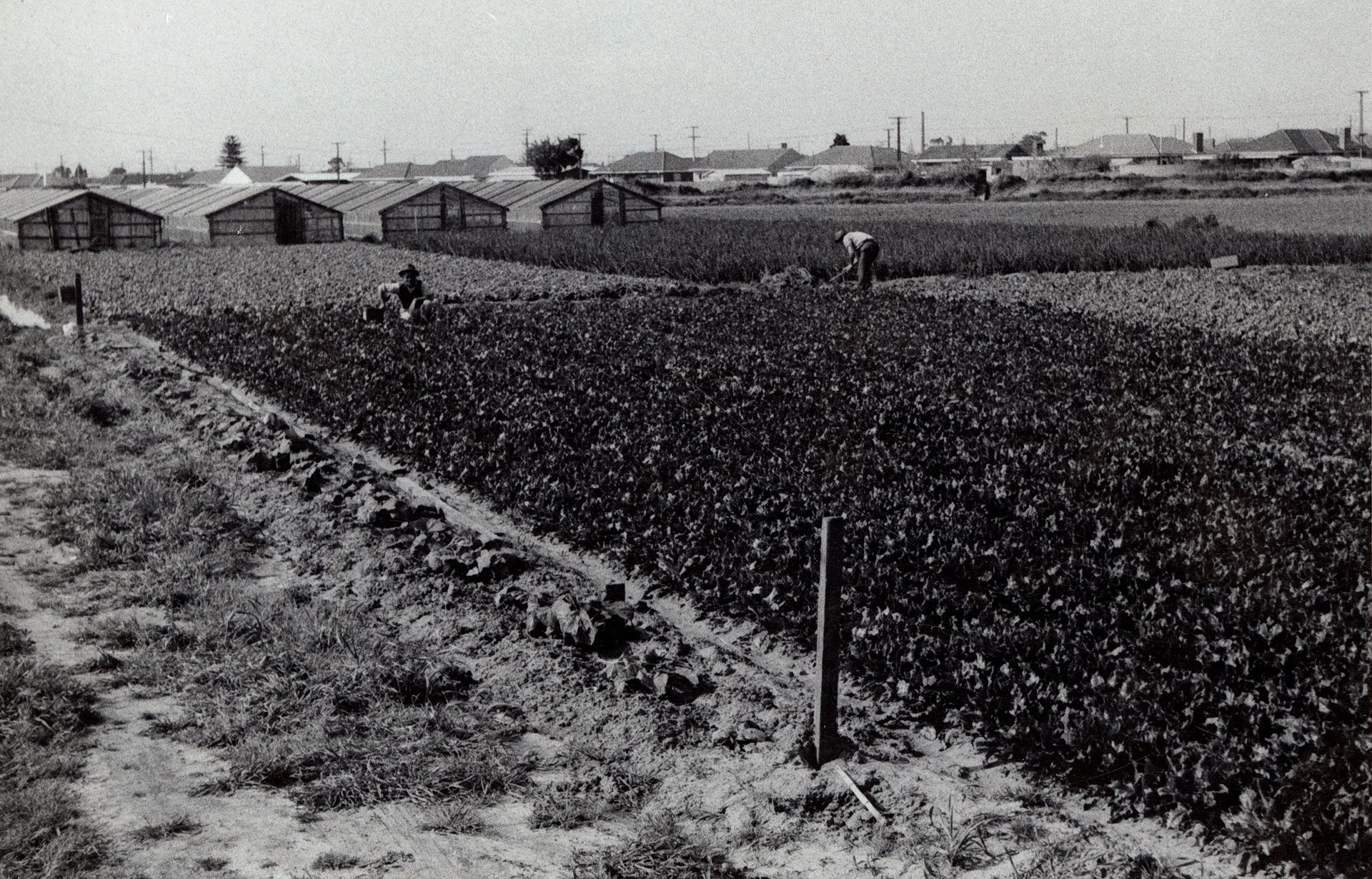
An Italian market gardening family
It is 1949 on the banks of the River Torrens at Lockleys, and two young boys are milking a cow so their mother can make cheese and butter for the family. At 3 o’clock in the morning, their dad will take the horse and cart to the East End Market with their produce. Depending on the season this could be tomatoes, trombones, beetroots, beans, and onions.
Johnny Marchioro and his younger brother Romano, and the family cow in front of glass houses at Frogmore Road, Kidman Park, 1945. SLSA: B 70982/3
Johnny Marchioro and his younger brother Romano, and the family cow in front of glass houses at Frogmore Road, Kidman Park, 1945. SLSA: B 70982/3
One of those boys, Giancarlo (Johnny) Marchioro has donated to the State Library a remarkable record of his family’s market gardening business, a business that ran for almost four decades and involved three generations.
Johnny Marchioro was born in Adelaide in 1940, the son of Italian migrants from the Veneto region in the north-east of Italy. His parents developed a market garden in Kidman Park, before moving in the late 1940s to the southern side of the River Torrens, in Lockleys. There they worked for three decades.
Johnny Marchioro working lettuces at White Avenue, Lockleys. SLSA: B 70982/17
Johnny Marchioro working lettuces at White Avenue, Lockleys. SLSA: B 70982/17
When Johnny left school, he worked with his parents at Lockleys and began keeping records of planting, picking, and selling vegetables at the market. Over a period of 38 years, he kept meticulous records of all aspects of the family market garden, including establishing new market gardens at Bolivar in 1965/6.
Business record books provide a detailed and continuous record for years 1956 to 1994. Information about work, such as obtaining seed, sowing plants, picking and grading for sale to shopkeepers at the East End Market in Adelaide, is included.
There is evidence of trends in demand and prices, and in the specialisation of growing tomatoes and vegetables over time. They show changes in the range of crops grown, market prices, and the operational costs and earnings involved in working a small, intensive family market garden.
The increase of large-scale businesses cultivating vegetables for the supermarket trade in the 1990s had a major impact on small family-owned market gardens and Johnny finished selling at the market around 2007.
Johnny, his father Vittorio, and son Robert, with a load of tomatoes at Bolivar, 1975. SLSA: B 70982/11
Johnny, his father Vittorio, and son Robert, with a load of tomatoes at Bolivar, 1975. SLSA: B 70982/11
Johnny Marchioro and wife Eleonora, working in one of their glasshouses at Bolivar, 1967. SLSA: B 70982/18
Johnny Marchioro and wife Eleonora, working in one of their glasshouses at Bolivar, 1967. SLSA: B 70982/18
Sale of tomatoes in 1959 and 1960. Columns show the cost of a full box of tomatoes, first grade, second grade, third grade, total boxes, date of market day. SLSA: ACC 4034
Sale of tomatoes in 1959 and 1960. Columns show the cost of a full box of tomatoes, first grade, second grade, third grade, total boxes, date of market day. SLSA: ACC 4034
Schedule of sowing seeds at Lockleys, 1961-1966. SLSA: ACC 4034
Schedule of sowing seeds at Lockleys, 1961-1966. SLSA: ACC 4034
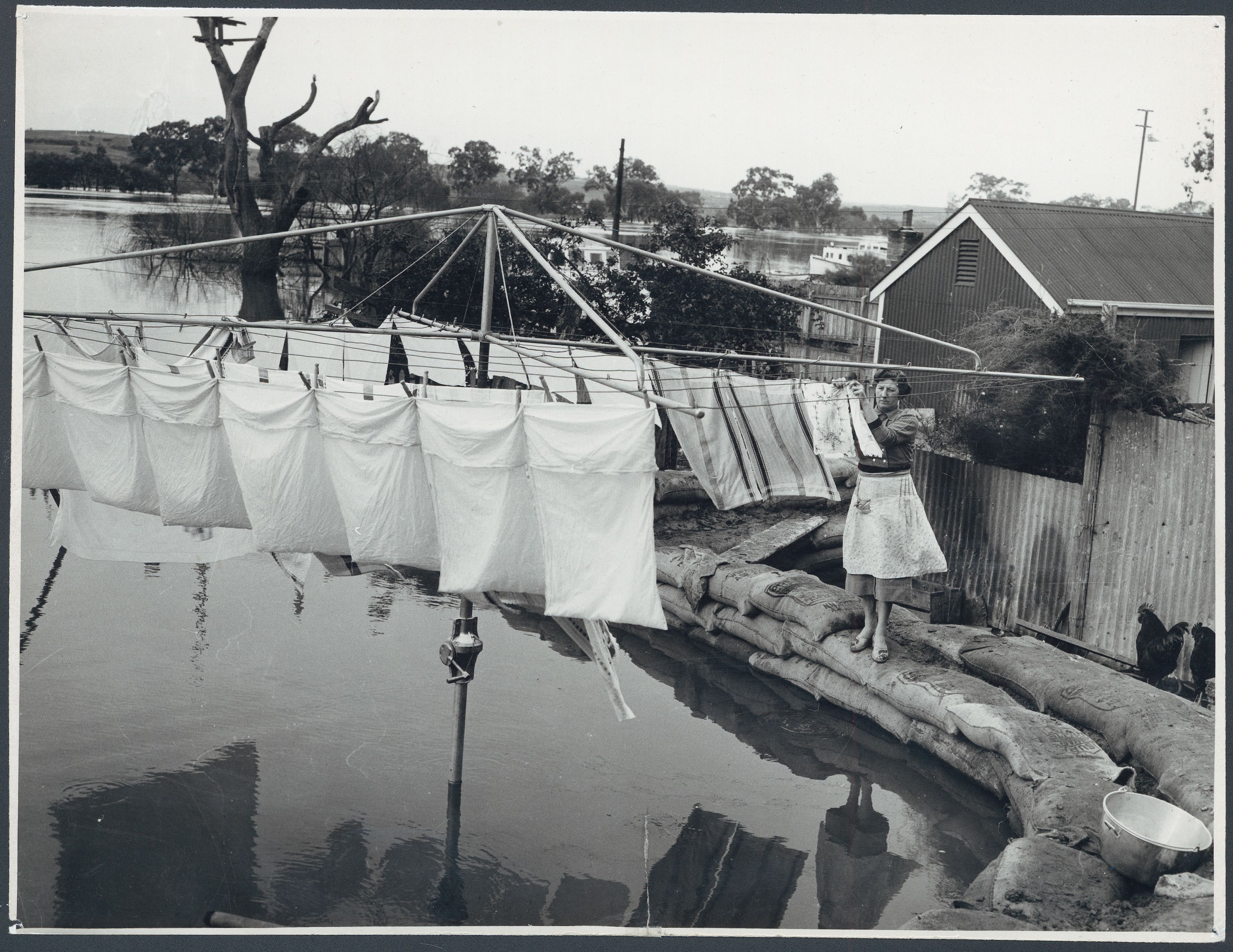
Ornament to the Australian garden
In an Adelaide backyard during 1945, returned serviceman Lance Hill used scrap metal to develop a rotary hoist clothesline. His wife had complained that the fruit trees in her garden were competing for space with the ‘prop’ clothesline.
Australian Women’s Weekly, 4 May 1960
Australian Women’s Weekly, 4 May 1960
Lance’s clothesline was popular with friends and family, so with his brother-in-law Harold Ling, he established a business to supply the demand. Cast aluminum winding gear to hoist the line up into the breeze was added in 1947.
A rotary clothes hoist had been patented earlier in the 20th century by Gilbert Toyne, but Lance Hill’s design was the first rotary clothes hoist to achieve national sales success.
Abfalter family of Mount Gambier bringing in football team guernseys, 1963. Arthur Studios, photographer. SLSA: BRG 347/2293
Abfalter family of Mount Gambier bringing in football team guernseys, 1963. Arthur Studios, photographer. SLSA: BRG 347/2293
The Hills Hoist has become an Australian cultural icon. Children climb and swing from them, adults sometimes use them for the ‘goon of fortune’ drinking game. The Hill’s Hoist was even included in the opening ceremony of Sydney Olympic Games.
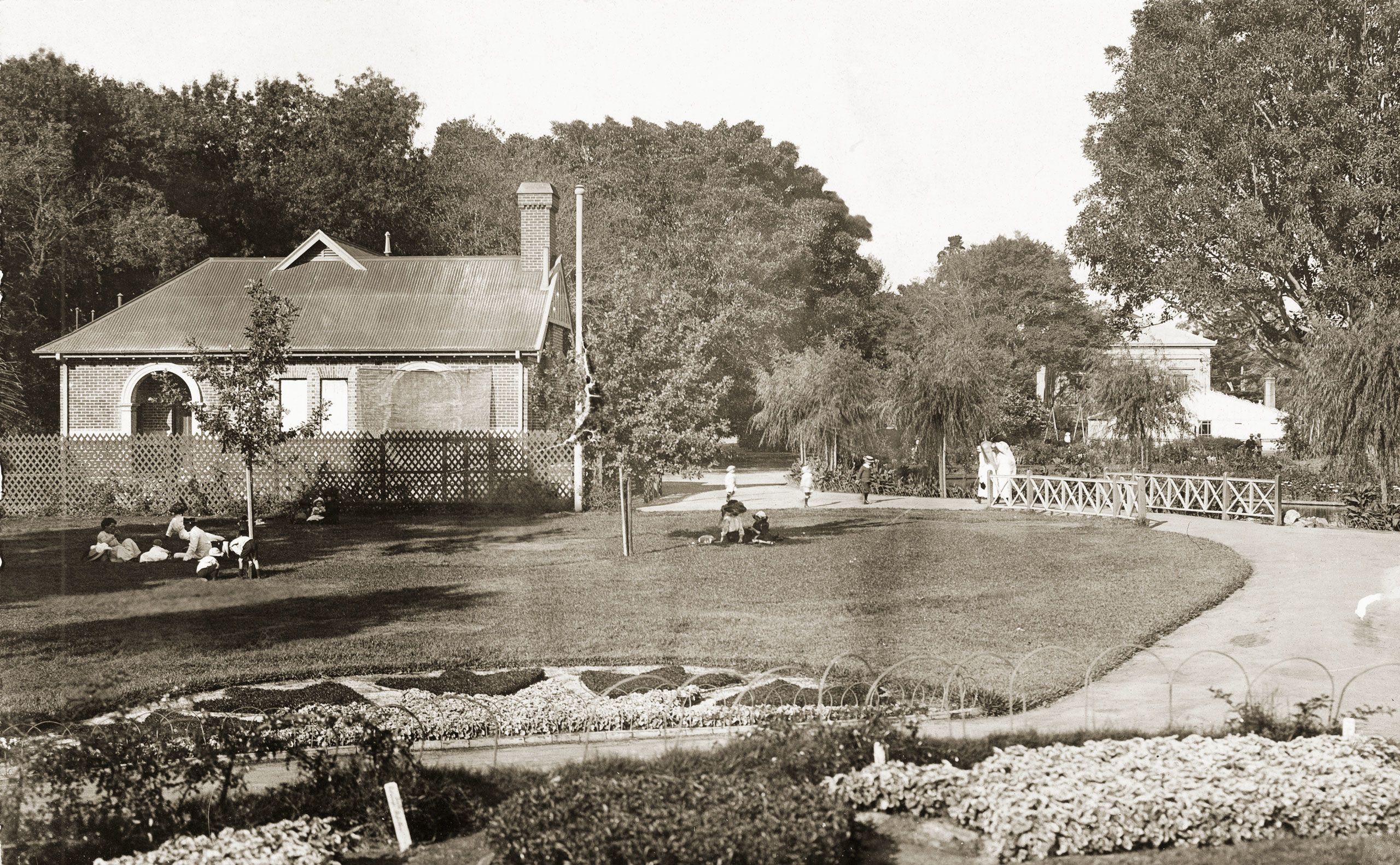
Talking about gardens
Oral history is a picture of the past in people’s own words. It involves an audio or video recording of a person’s memories of their unique life experiences in a planned, structured interview. It is an excellent way of documenting the past by asking questions of people who have lived experience of a particular time, place, occupation, or event of interest.
The State Library of South Australia collects and preserves the oral history of South Australia in the JD Somerville Oral History Collection. The Collection contains over 9,000 interviews, making it the largest and most comprehensive collection of its kind in any state library in Australia and the major archival repository for oral histories in South Australia.
Fullarton Community Garden, 1987. SLSA: B 70869/13366
Fullarton Community Garden, 1987. SLSA: B 70869/13366
Pat talks about how much she loves gardening and how it is a process of continual adaptation. She also speaks about the people involved in the community garden, how it is organised and being part of the ‘Grow Grow Grow Your Own’ workshops presented by Sustainable Communities South Australia.
Snowdrops in a garden, Tanja Hasan-Warner photographer, 2020. SLSA: B 78535/169
Snowdrops in a garden, Tanja Hasan-Warner photographer, 2020. SLSA: B 78535/169
Kathleen talks about the benefits of the therapy garden at the Hampstead Rehabilitation Centre. How the touch, feel and smell of the plants evoke pleasant memories for the patients and encourages communication between them, the staff, and volunteers. She also mentions the sense of ownership patients have over the plantings they have done and the use of therapy dogs in the garden.
Johnny Marchioro in the tomato glasshouse at Bolivar, July 1991. SLSA: B 70982/10
Johnny Marchioro in the tomato glasshouse at Bolivar, July 1991. SLSA: B 70982/10
Johnny talks about the family market gardens at Findon and Lockleys, working the glasshouses, what was grown on the properties, and getting water from the River Torrens. He also talks about going to sell produce at the East End Market, including getting up at 3am, and the changes in delivery practices to shopkeepers.
Did you know?
You can view and access the full range of Oral Histories from Italian Market Gardeners here.
Historian Madeleine Regan has a website The Veneti Market Gardeners 1927 about families from the Veneto Region of Italy that migrated to South Australia between 1926 and 1928, forming a close community around the Lockleys area.
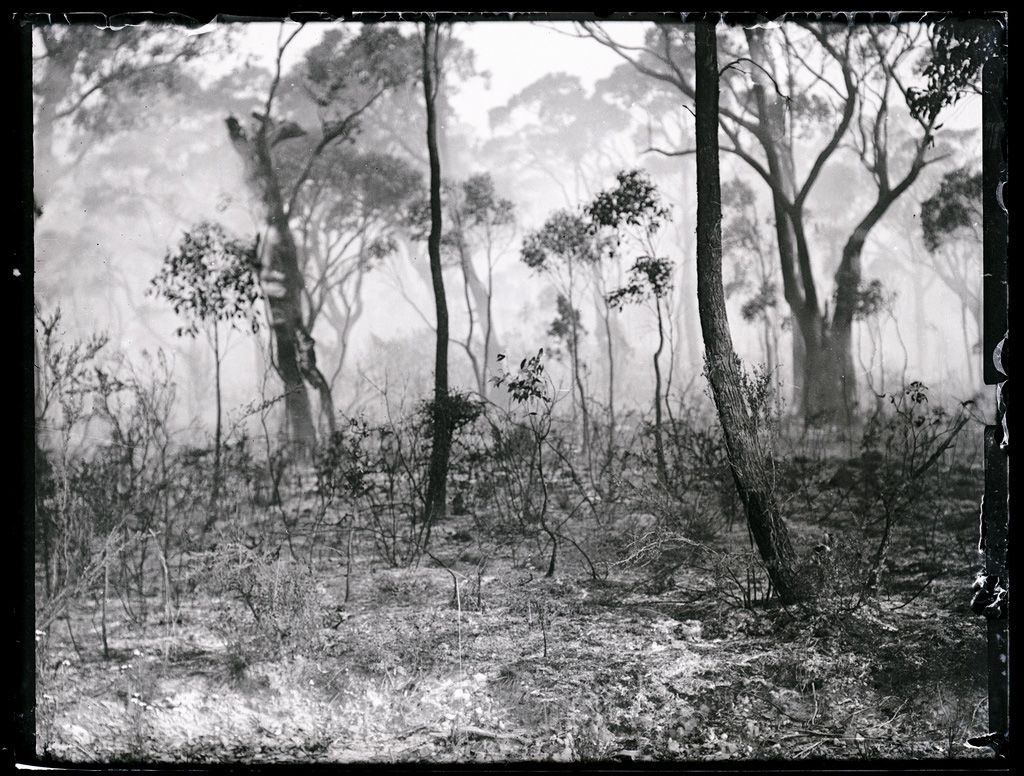
First Nations first gardens
Ancient, ongoing indigenous knowledge informed and informs First Nations caretaking of the landscape of this continent. The traditions of looking after country have a structure and rules based on thousands of years of observation and knowledge sharing.
The landscape and the people protected and provided for each other - and evolved together – the landscape formed and responded in a way that needs people. The landscape is considered a relation, and trees are important like people, rather than a resource to take from and not replace.
Caring for the landscape in the right way, at the right time, is about connection to country, respect for ecological diversity and a deep understanding of what will occur when the weather changes and the seasons are established. The seasons are numerous, varied, and subtle, and they change over time.
One way in which Aboriginal people look after the land is the practice of cultural burning. Using fire is a slow, considered, collaborative and effective process. The low burning prepares seeds to germinate and reduces the risk of large fires which would be harmful to the landscape.
As the burning is so skilled and slow, the birds, animals, reptiles, and insects have time to move away from the area in which the fire is applied and can then return to the area as the habitat rejuvenates. Trees benefit from the fire applied to their surrounds.
In November 2019 the City of Adelaide’s Horticulture Team, project managers and members of the Kaurna community met in the heart of the city with traditional fire practitioner, Victor Steffensen (seen crouching in this photograph). A descendant of the Tagalaka people in Queensland, Victor has been sharing his knowledge about cultural burning for the past 20 years. Image captured by Davide Gaglio on behalf of the City of Adelaide.
In November 2019 the City of Adelaide’s Horticulture Team, project managers and members of the Kaurna community met in the heart of the city with traditional fire practitioner, Victor Steffensen (seen crouching in this photograph). A descendant of the Tagalaka people in Queensland, Victor has been sharing his knowledge about cultural burning for the past 20 years. Image captured by Davide Gaglio on behalf of the City of Adelaide.
Another way of tending the landscape is by harvesting small branches with clusters of fruit at the end (and not just the berries). The berry clusters are taken to share with others, and the trees have taken a light pruning so that they will produce fruit in the next season.
Colonising belief systems and practices changed this balanced interaction with the landscape. Clearing bushland and riverbeds, damming rivers, and the felling of ancient trees, meant the ancient landscape ‘went to sleep’ as soils became saline and degraded. Massive bushfires and floods were also a consequence of an unbalanced and scarred landscape.
Indigenous knowledge systems are teaching people how to see, hear and connect to the landscape in ways that allow the regeneration of some of what has been lost since colonisation of this Australia.
Practitioners are educating land-care groups and engaging with schools to show children how the landscape responds to respectful, sustainable care.
Further reading
Steffensen, Victor Fire country : how indigenous fire management could help save Australia Hardie Grant Publishing, 2020.
Gammage, Bill ‘The Adelaide District in 1836’ in Turning points : chapters in South Australian history edited by Robert Foster and Paul Sendziuk Wakefield Press, 2012.
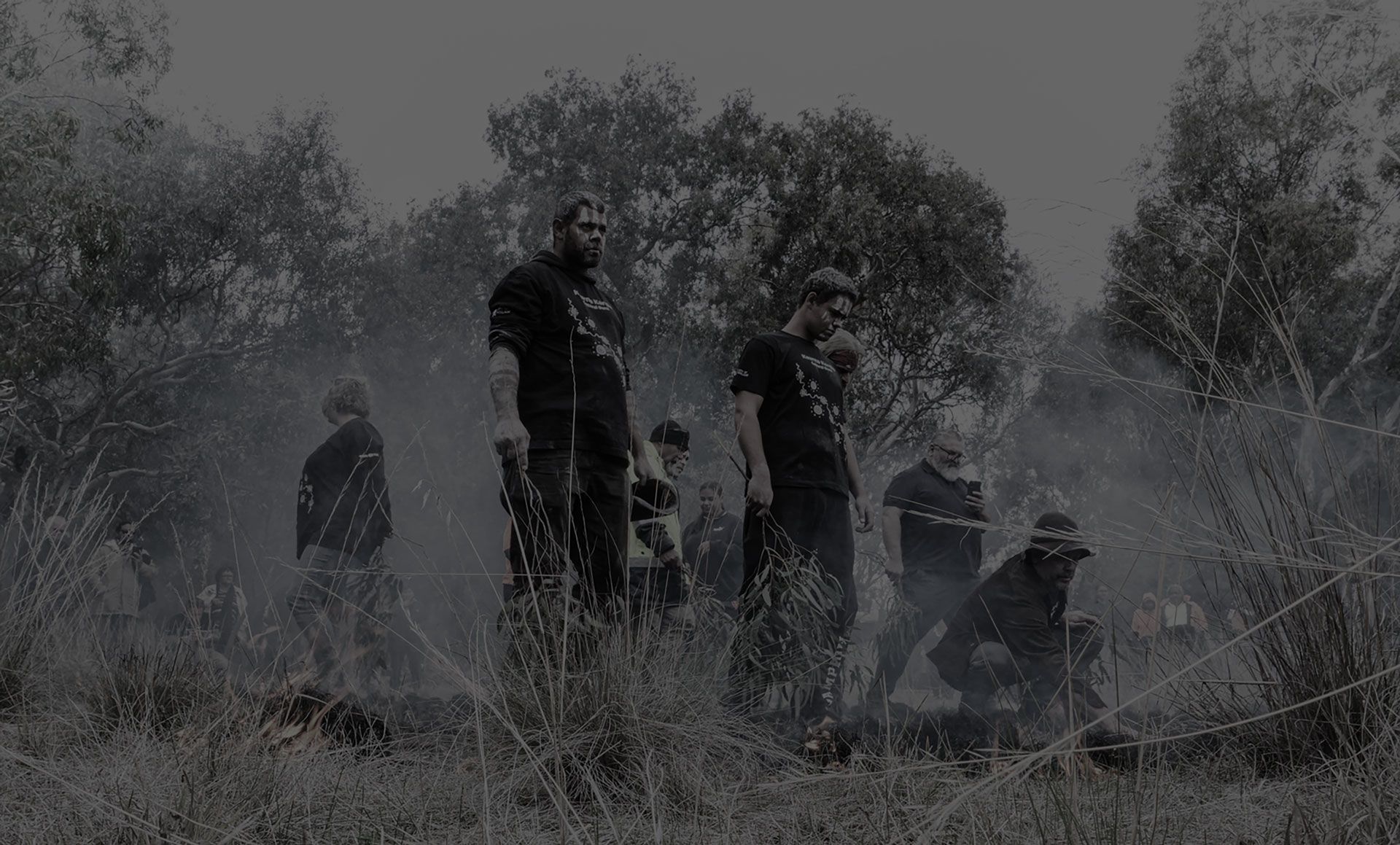
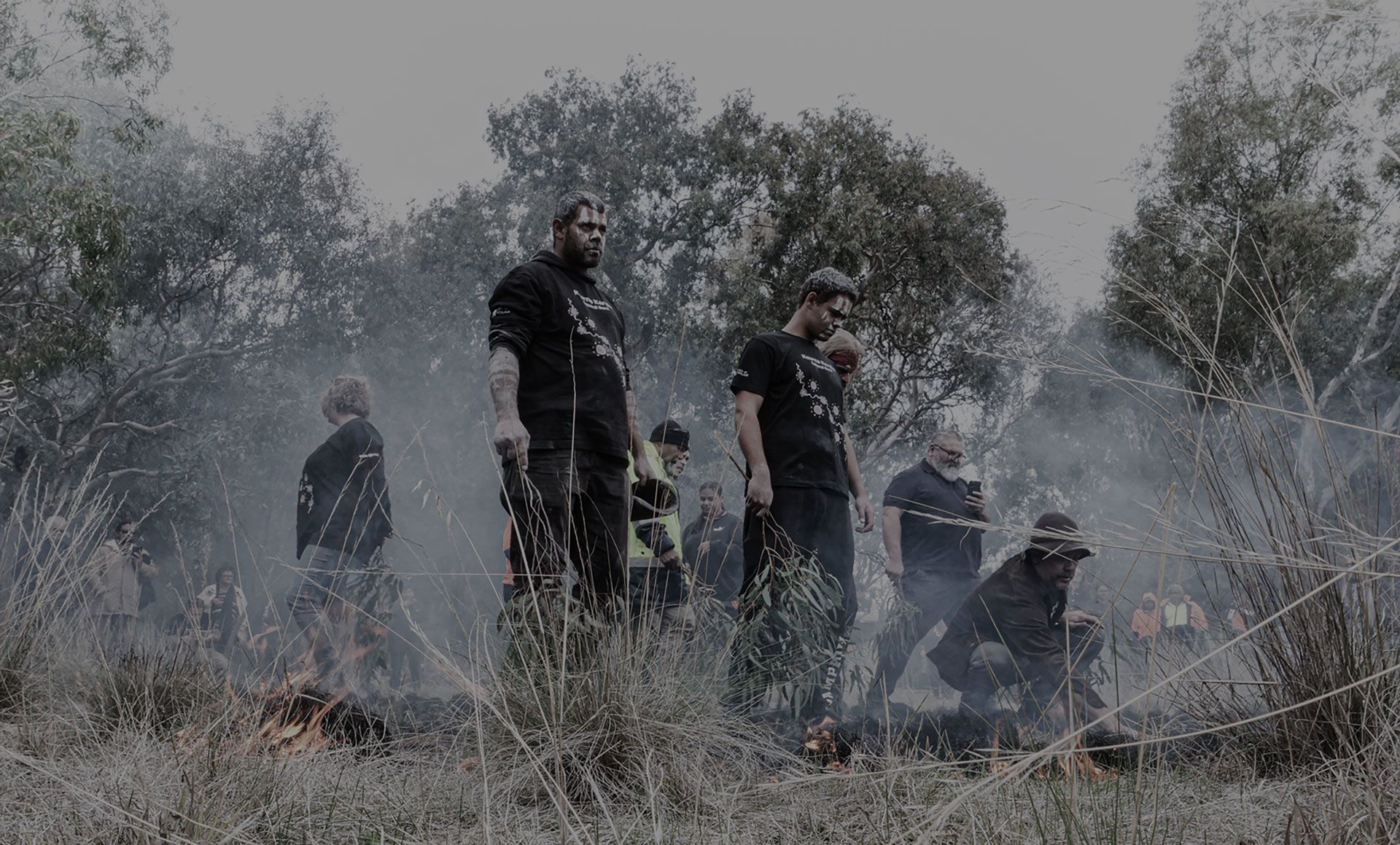
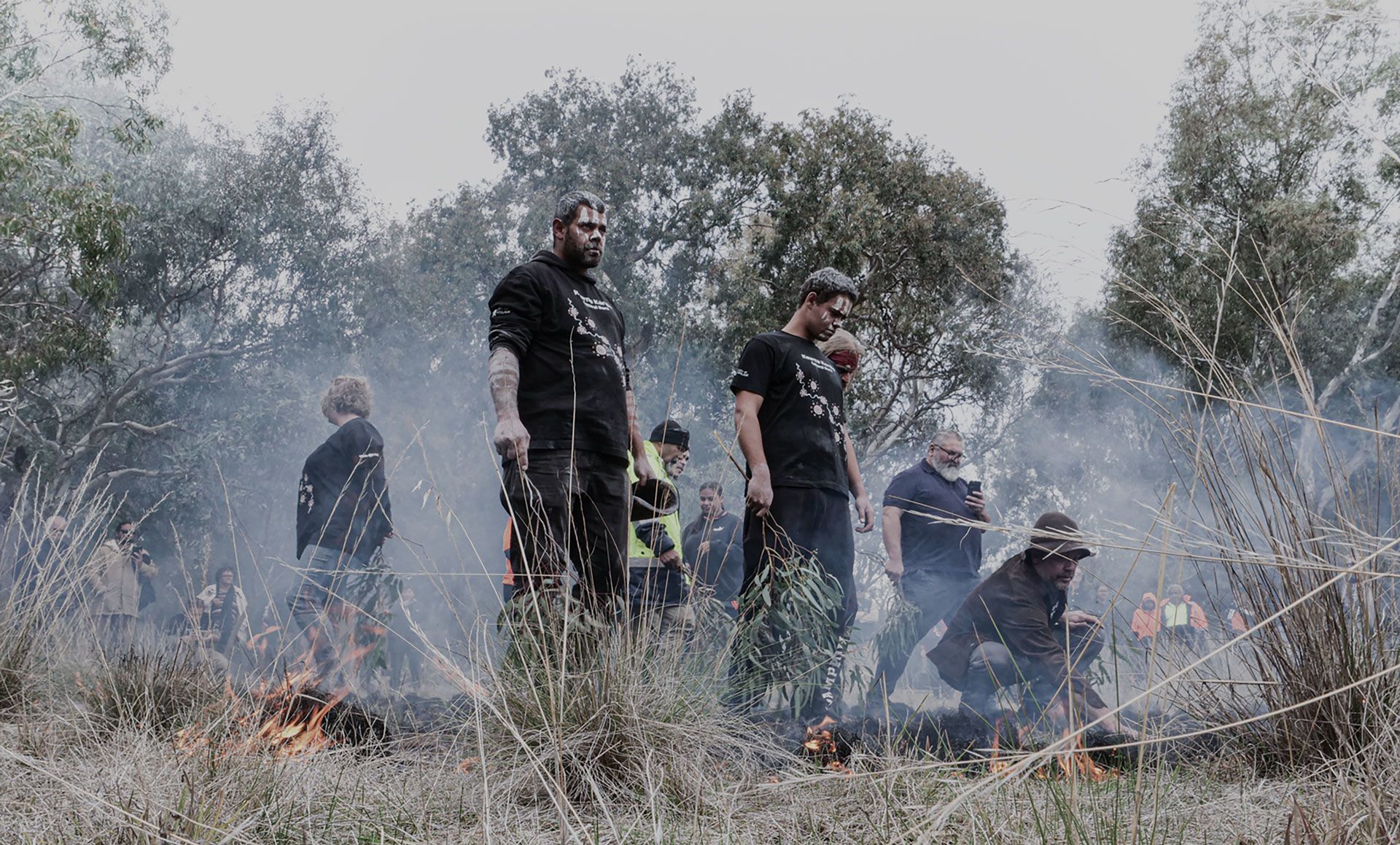
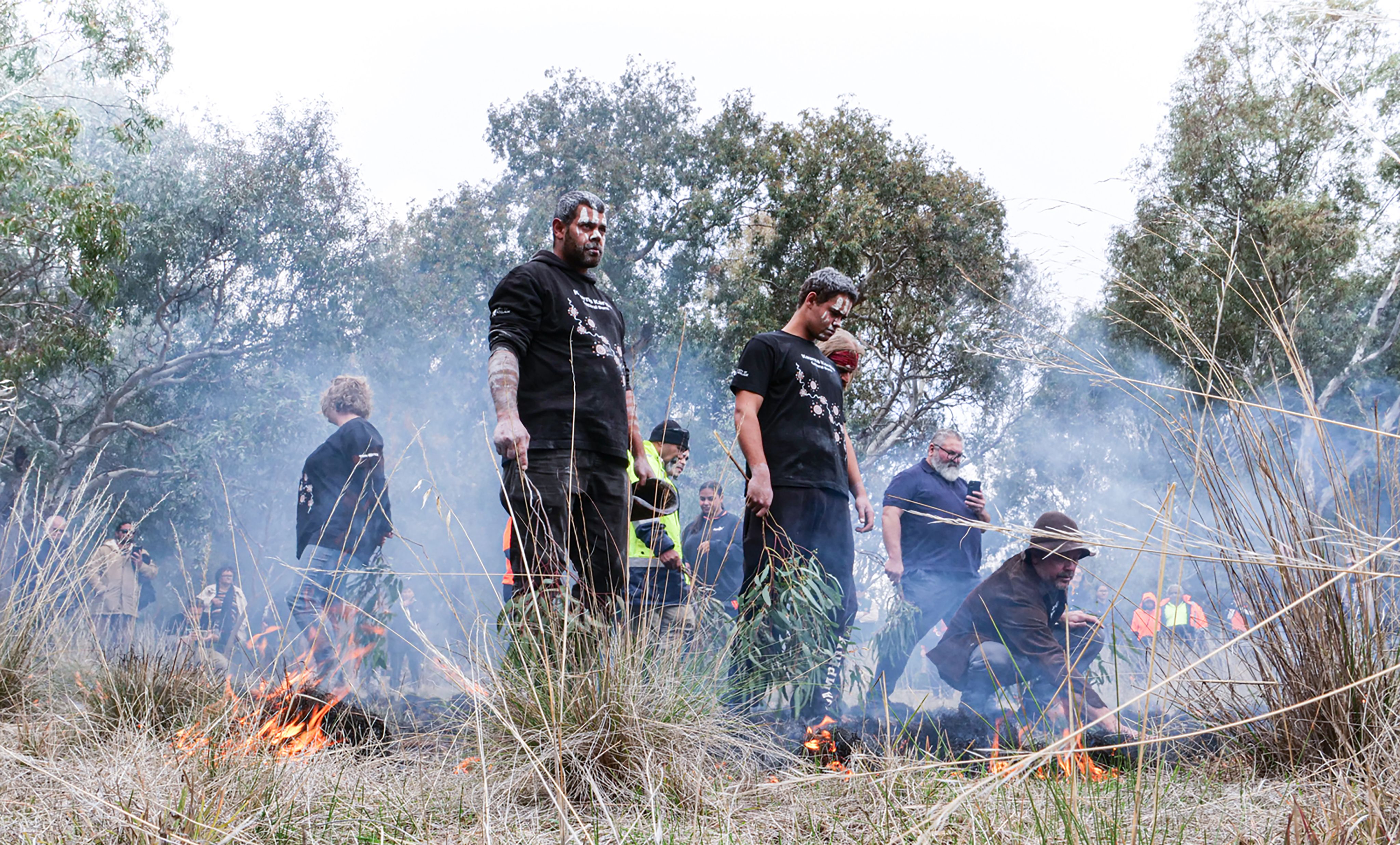
![Rostrevor Estate [cartographic material] / by A.C.D. Beresford & Son, Licensed Surveyors. SLSA: C 769/1 Map Collection](./assets/p9xTDh9moV/rostrevor-c769_1-2560x3726-2258x1571.jpg)
Ebenezer Howard’s three magnets diagram asked ‘Where will the people go?’ The choices are: ‘Town’, ‘Country’ or his melded ‘Town-Country’ solution.
Ebenezer Howard’s three magnets diagram asked ‘Where will the people go?’ The choices are: ‘Town’, ‘Country’ or his melded ‘Town-Country’ solution.
Street scene, Colonel Light Gardens, c1935. SLSA: B 22672
Street scene, Colonel Light Gardens, c1935. SLSA: B 22672
Street scene, Colonel Light Gardens, c1935. SLSA: B 22678
Street scene, Colonel Light Gardens, c1935. SLSA: B 22678
Comfort, convenience, beauty
Australian garden suburbs were an offshoot of the British garden city design ideals developed by Ebenezer Howard in the late 19th and early 20th centuries. His 1898 book To-morrow: A Peaceful Path to Real Reform, inspired urban planning across the world. His utopian community philosophy led to the 20th century garden city design movement.
Howard aimed to build communities of 32,000 people. Each community would sit around a central, economically self-sufficient satellite town of around 58,000. This would mean an end to big city slums. It would blend the best of town and rural living by providing workers with decent housing within 9,000-acre communities of well-planned streets and gardens surrounded by a greenbelt. Public transport would provide short commutes to work, civic amenities, and entertainment.
From the 1900s countries across the globe had begun to adopt garden city ideals. However, these projects often diluted Howard’s designs to fit local financial and political conditions. One of the original ideals was to prevent urban sprawl by creating small independent cities with housing close to work and amenities. Instead, so-called garden suburbs were developed at the fringes of existing cities. This increased with the extension of public transport and the growth of car ownership.
Birds-eye view of Colonel Light Gardens from Colonel Light Gardens: a model garden suburb : comfort, convenience, beauty issued by South Australia Garden Suburb Commission, 1921
Birds-eye view of Colonel Light Gardens from Colonel Light Gardens: a model garden suburb : comfort, convenience, beauty issued by South Australia Garden Suburb Commission, 1921
In South Australia, an early example of the garden city movement is Colonel Light Gardens, originally named Mitcham Garden Suburb. A plan was drawn up in 1917 by Charles Compton Reade, employed by the SA government as Australia’s first Government Town Planner. Local areas such as Broadview, Clearview, Springfield, and Crafers also incorporated elements of garden city design into their urban planning.
Rostrevor Estate by A.C.D. Beresford & Son, Licensed Surveyors. SLSA: C 769/1 Map Collection
Rostrevor Estate by A.C.D. Beresford & Son, Licensed Surveyors. SLSA: C 769/1 Map Collection
From early in the 20th century private developers had also used ‘garden suburb’ as a marketing tool. Rostrevor was an early example.
Reade’s original design closely followed garden city philosophy but adapted it to suit South Australian conditions. After World War One, Colonel Light Gardens became the site of the Thousand Homes Scheme, Australia’s first mass housing project, introduced in 1924. This modified the original concept but still provided a cohesive urban design and access to low-income housing.
Bungalows were prevalent, with a driveway leading to a garage on one side. The front garden would have been a showcase of well-kept lawns interspersed with curved concrete paths, ornamental trees, and small flower beds. Standard roses were often a feature, surrounded by annuals like petunias.
The back garden provided room for a veggie garden, clothesline, garden shed, wood heap, and perhaps a chook yard. Almost everyone grew a few fruit trees.
The importance of Colonel Light Gardens to early urban planning was recognised in 2000 when the suburb was designated a State Heritage Area.
The Garden City and its influence on South Australian garden suburbs
The 'Garden City' was an urban design ideal developed by Englishman Ebernezer Howard. His idea greatly influenced the concept of Australian garden suburbs. South Australia has many garden suburbs, in this short clip we take a look at Colonel Light Gardens.
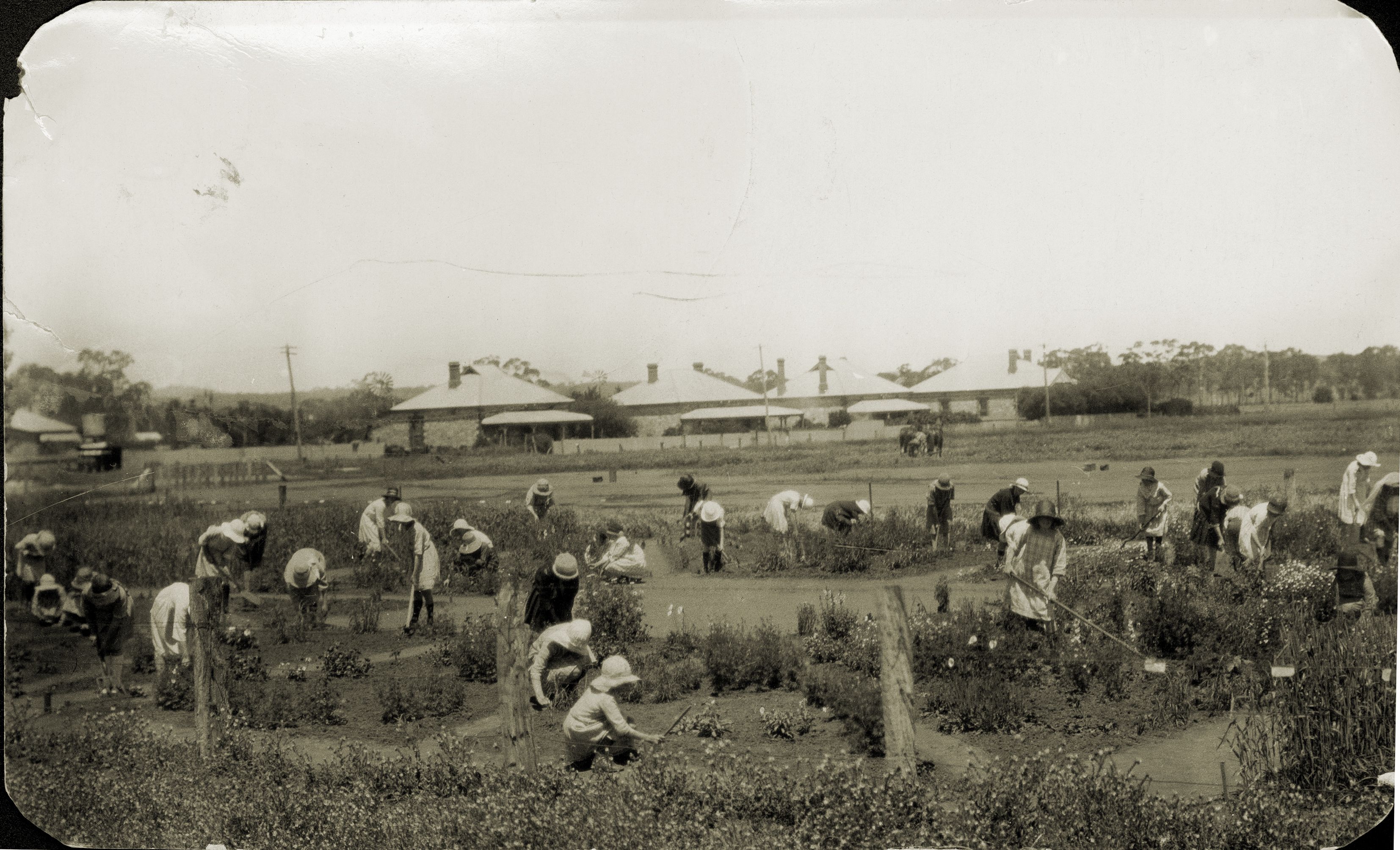
School gardens
Advertiser, 21 June, 1889, p4. Read the full article: TROVE
Advertiser, 21 June, 1889, p4. Read the full article: TROVE
These instructions formed part of a paper, ‘School Gardens: How to Make and Use Them’ delivered to the South Australian Teachers’ Association by Maurice Holtze, Director of the Botanic Gardens. He fervently believed that floriculture and horticulture were important subjects for public schools - although he insisted that a textbook was unnecessary.
By 1892 some South Australia schools already had well-developed gardens. Plympton Primary School was the best known of these. With the opening of the school’s new buildings in 1881, a new Head Teacher, James Greenlees, had commenced at the school. He was an enthusiastic gardener who encouraged this interest in his pupils. Within a few years, gardening had become a major feature of school life.
Working in the vegetable garden at Plympton State School, c1900. SLSA: B 60495
Working in the vegetable garden at Plympton State School, c1900. SLSA: B 60495
Boys of Plympton State School gathering onion harvest, c1900. SLSA: B 60494
Boys of Plympton State School gathering onion harvest, c1900. SLSA: B 60494
Produce grown by the pupils of Plympton State School, c1900. SLSA: B 60497
Produce grown by the pupils of Plympton State School, c1900. SLSA: B 60497
Chrysanthemums grown by pupils of Plympton State School, c1900. SLSA: B 60499
Chrysanthemums grown by pupils of Plympton State School, c1900. SLSA: B 60499
Rice Creek school garden, 1916. SLSA: B 37096
Rice Creek school garden, 1916. SLSA: B 37096
Murray Bridge Public School, 1913. SLSA: B 46092
Murray Bridge Public School, 1913. SLSA: B 46092
Jamestown Public School children working in garden plots, 1925. SLSA: B 2602
Jamestown Public School children working in garden plots, 1925. SLSA: B 2602
Chicago Primary School (now Kilburn), 1920. SLSA: B 36095
Chicago Primary School (now Kilburn), 1920. SLSA: B 36095
The Governor’s wife, Lady Tennyson, became a keen follower of the students’ efforts and paid a visit to Plympton Primary school in 1902. So did school inspectors from every Australian state and New Zealand. School programs were funded by the ongoing sale of produce and its young gardeners regularly won prizes in flower shows, especially for their roses and chrysanthemums. Its success encouraged the development and improvement of school gardens across South Australia.
"The Plympton school has for years been distinguished as the leading State school at which the children have been persuaded to maintain a love for floricultural and agricultural work in addition to the ordinary school duties. Others have followed the good example with gratifying results, and it is pleasing to learn from the “Education Gazette” that the feeling in favour of school gardens is steadily growing’."
The Advertiser article went on to announce that the committee of the Public Schools Floral and Industrial Society had decided to set up annual funding for prizes for the best school gardens throughout the State. The aim was to encourage country schools to improve existing school gardens and develop new ones. Judging by the variety of images in the State Library’s collections, the plan worked.
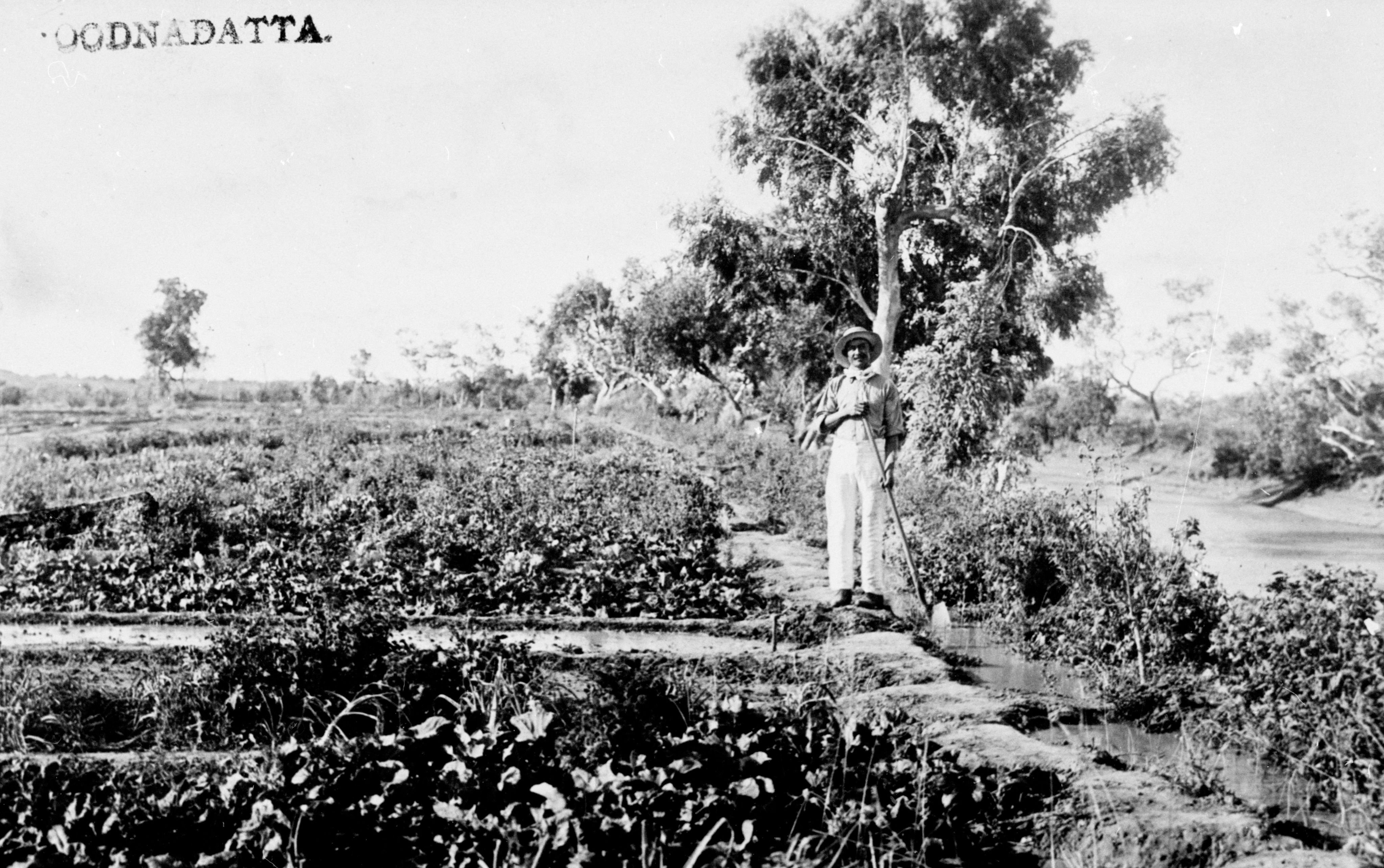
Chinese market gardener at Oodnadatta
From the mid-nineteenth century, Chinese market gardeners were dispersed across South Australia. From the south-east and the plains of Adelaide to the mid and far north, using their skills in water management and intensive cultivation, along with the adoption of developments in European technology, they successfully turned the challenges of life in often harsh environments to their advantage.
Edward (Ned) Chong was born in Xiamen, China around 1853. As a young man, he left China and arrived in Darwin where he worked for some years before moving to Adelaide and working for a Chinese market gardener. Heading north to work on the railways he met Cherry Ah Chee and they set up a market garden together at Hookey’s Waterhole about seven kilometres from Oodnadatta. The two men worked the garden until Cherry Ah Chee’s death in 1911.
Ned Chong, on the right of the photograph, in his market garden at Hookey’s Waterhole. The other man is possibly his friend Cherry Ah Chee, 1910. SLSA: B 50087
Ned Chong, on the right of the photograph, in his market garden at Hookey’s Waterhole. The other man is possibly his friend Cherry Ah Chee, 1910. SLSA: B 50087
Subsequently, Ned married Cherry’s widow Minnie, an Arrernte woman, and they raised eight children. The family was highly respected in the region and Ned’s business acumen, which included running a piggery, butcher shop, and bakery, meant that he and his family were very important in the survival of the remote community.
Ned died in 1949 his age was officially recorded as 96, although family lore has it that he was about 108 years of age. Minnie passed away five years later aged seventy-five.
In an article from the Observer newspaper, 22 November 1913, the journalist describes a visit to Ned Chong’s market garden and is astounded at the fruit, vegetable, and flowers grown and somewhat disappointed that the watermelons were not ripe enough to eat in the hot conditions.
"We beheld green peas, firm, rosy tomatoes, lettuces, French beans and celery. 'How does he do it?'…We were then conducted to the other side of the cultivation to view the melon patches. Here were water melons galore. How we protested at their youth! So near and yet so far to the most refreshing fruit in a three-figure climate."
Further reading
Jennifer Martinello ‘As Strands of Plaited Music: My Chinese-Aboriginal-Anglo Heritage’ in Lost in the whitewash: Aboriginal-Asian encounters in Australia, 1901-2001 Canberra: Humanities Research Centre, 2003
Horrie Simpson’s Oodnadatta edited by John Dallwitz. Oodnadatta Progress Association, 1990
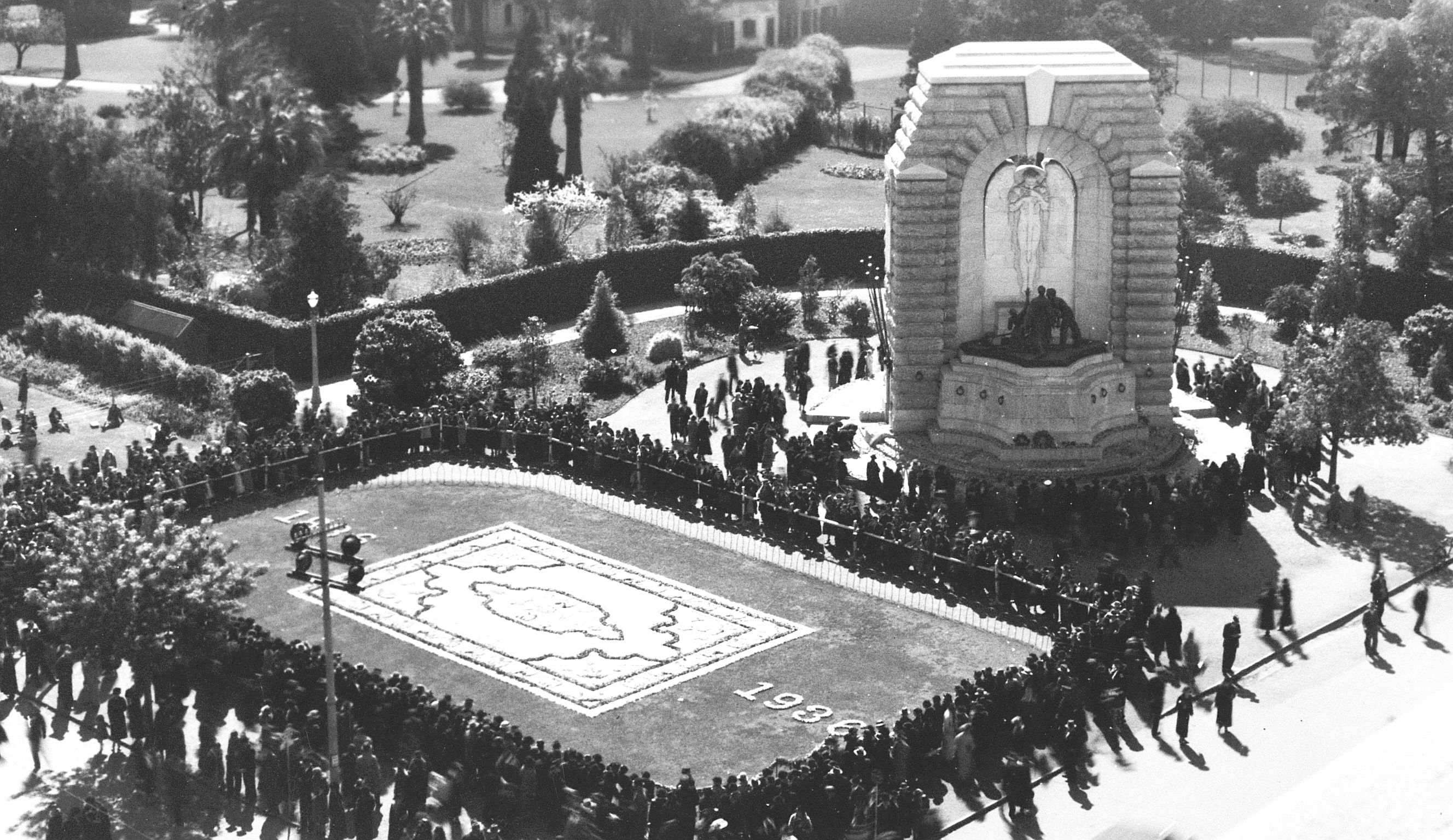
Brighton's Floral Float, 1936. SLSA: B 8334/11
Brighton's Floral Float, 1936. SLSA: B 8334/11
Floral Festival, 1971. KC Duffield, photographer. SLSA: PRG 1350/3/41
Floral Festival, 1971. KC Duffield, photographer. SLSA: PRG 1350/3/41
Floral Festival, 1967. KC Duffield, photographer. SLSA: PRG 1350/3/31
Floral Festival, 1967. KC Duffield, photographer. SLSA: PRG 1350/3/31
'Shower Rose', Floral Festival, 1967. KC Duffield, photographer. SLSA: PRG 1350/3/10
'Shower Rose', Floral Festival, 1967. KC Duffield, photographer. SLSA: PRG 1350/3/10
'The Seekers' Floral Festival, 1967. KC Duffield, photographer. SLSA: PRG 1350/3/11
'The Seekers' Floral Festival, 1967. KC Duffield, photographer. SLSA: PRG 1350/3/11
Flower Day
Adelaide’s Flower Day can be traced back to 1936 when South Australia marked a century of British settlement with a series of statewide events including a floral pageant and National Flower Day (also called National Flower Week). There was great community input from volunteers who grew plants, decorated floats and constructed displays across the city, including a massive floral carpet.
The celebration of colour and beauty attracted thousands of spectators. It proved so popular that it was revived in 1938. The event was paused during World War Two but began again when the war ended. It was then held every 18 months, alternating between spring and autumn.
'Adelaide - flowers and festival', 1969. South Australian Government Tourist Bureau. SLSA: Zfilm 106
The streets of Adelaide, and later, some suburbs and country towns, were enhanced by thousands of fresh flowers, the brighter the better. Bulbs, shrubs, and perennials were welcome. Sunflowers, salvia, carnations, hydrangeas, gladioli, hollyhocks, nasturtiums, and dozens of other plants were arranged in sometimes surprising ways.
Designs featured animals, landscapes, flags, clubs, schools, and regimental badges. Statues were draped in greenery and produce cascaded from barrels. Local businesses, charities, women’s groups, churches, volunteer organisations, and schools all contributed. Flower Day was a community-driven event.
There were competitive and non-competitive sections. The competition entries were displayed in Victoria Square and non-competitive exhibits along North Terrace. The walls of Government house showcased as many as 60 large troughs of flowers.
In 1955 the organising committee introduced a new event which added even more interest. A grand floral ball culminated in the crowning of the Floral Queen. Floats decorated with flowers carried the queen and her rivals along major streets.
Years later the Flower Day committee gave their support to Adelaide’s new Festival of Arts, first held in 1960. Flower Day moved to March and became a much-loved part of the Festival of Arts’ opening celebrations. Until it was abruptly and controversially cancelled.
In 1976 the Festival’s Artistic Director, Anthony Steel, announced to the media that Flower Day ‘had no artistic merit’ and no longer deserved a place in a Festival that aimed for international arts recognition. His statement that ‘the Festival is not for the people’ added insult to injury. While the artistic elite rejoiced, many South Australians read the announcement as unapologetic snobbery.
There may also have been a cost-cutting motive. Whatever the reason, its cancellation saddened those who loved the celebratory spirit of Adelaide’s sometimes quirky, but always delightful, Flower Day.
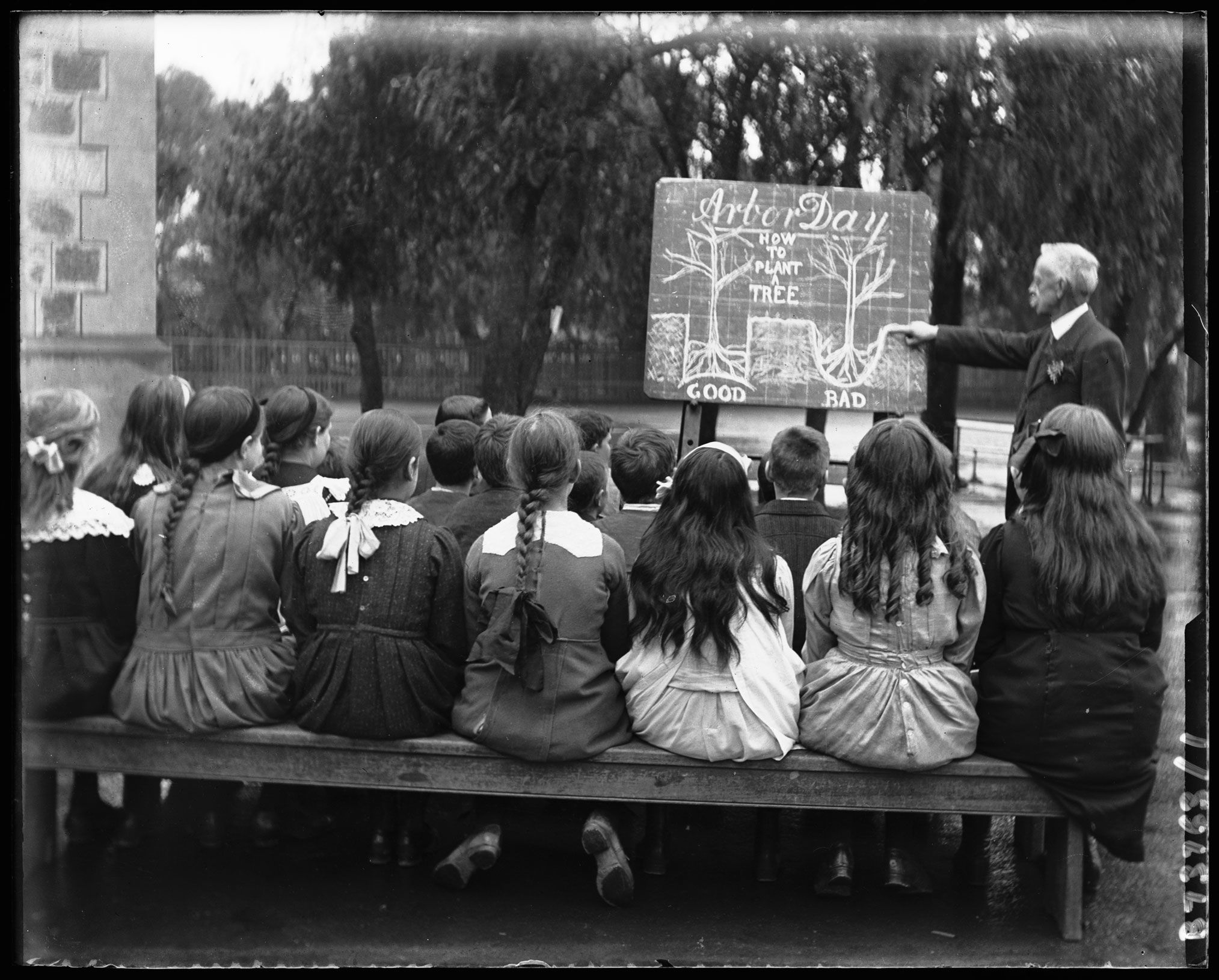
Arbor Day
In the 1870s and 1880s trees were rapidly disappearing from the South Australian countryside as farmers cut them down to make way for wheat.
Agriculturalists, business owners and Adelaide’s gentry urged them to diversify with new crops like tobacco, flax, and sugar-beet. Newspapers, such as the Farmers’ Weekly Messenger and the Garden and the Field constantly suggested that grain farmers plant figs, mulberries, and olives to revegetate their land. Most refused. Regional homesteaders in this era did not usually have their own vegetable gardens. Fruit and vegetables were instead purchased from local hawkers or brought by train from Adelaide.
Reliance on just one crop threatened the economy and even in the 19th century it was recognised that removing trees destroyed the land.
"The consequences of deforestation are only to be remedied by replanting … trees beneficially regulate the climate."
Prompted by Friedrich Krichauff, a member of the House of Assembly, Parliament acted. First, they paid farmers with land orders to plant trees. Then in 1875 they created the Forest Board to set up large forest reserves and tree nurseries. These provided thousands of free seedlings to farmers and landowners every year. The board appointed Mr John Ednie Brown as conservator of forests. He was passionate about the value of trees and believed that forests increased rainfall. Krichauff and Brown then established Arbor Day in South Australia, based on an overseas example. That first celebration of trees had been held in Nebraska in 1872 and then spread across the United States.
South Australia’s first Arbor Day was held on 20 June 1889. Several thousand Adelaide school children and dignitaries met in Victoria Square. Led by police troopers and the Police Band, they marched to Victoria Park/Pakapakanthi. There the governor, Lord Kintore, planted the first tree, a Weeping Scotch Elm. His wife, Lady Kintore, then planted a Bunya Bunya tree.
Mass tree planting at Victoria Park Racecourse, Arbor Day, 1889. SLSA: B 1699/A
Mass tree planting at Victoria Park Racecourse, Arbor Day, 1889. SLSA: B 1699/A
A single gunshot then rang out. It was fired by Albert Molyneux, editor of Garden and the Field magazine and secretary of the Arbor Day Committee. This was the signal for the planting squads of each school to begin. The pupils, distinguished by different coloured rosettes, planted 757 trees that day.
Arbor Day became an annual event which spread from the city to the suburbs and country. It was a time to celebrate trees for their practical value, and as beautiful additions to places across South Australia.
Students learn how to plant a tree on Arbor Day, 1913. SLSA: B 73763/1
Students learn how to plant a tree on Arbor Day, 1913. SLSA: B 73763/1
Eyre Peninsula, clearing and harvesting, c1892. Arthur Trengove, photographer. SLSA: PRG 1480/3/40
Eyre Peninsula, clearing and harvesting, c1892. Arthur Trengove, photographer. SLSA: PRG 1480/3/40
Avenue of London Plane trees along Frome Road, planted on Arbor Day 1902. Henry Krischock, photographer, 1937. SLSA: B 9885
Avenue of London Plane trees along Frome Road, planted on Arbor Day 1902. Henry Krischock, photographer, 1937. SLSA: B 9885
CURATOR TALKS

Listen to the curators of Cornucopia: Gardens and Gardening in South Australia as they talk about some of the stories that resonate with them.
The importance of Arbor Day in South Australia
By the 1870s trees were rapidly being cut down in South Australia to make way for agriculture, which prompted the government of the day to act. With the help of Governor and Lady Kintore, find out how tree planting and Arbor Day became an annual event that started on 20 June 1889.
The Garden City and its influence on South Australian garden suburbs
The 'Garden City' was an urban design ideal developed by Englishman Ebernezer Howard. His idea greatly influenced the concept of Australian garden suburbs. South Australia has many garden suburbs, in this short clip we take a look at Colonel Light Gardens.
How a market garden influenced the success of an outback town
Ned Chong and Cherry Ah Ming set up a market garden in the harsh and remote community of Oodnadatta. Ned and his family went on to play a key role in the success of the outback town. Hear more about his story.
School gardens started to grow in South Australia during the 1880s
Did you know the idea for school gardens in South Australia came about in the 1880’s? Plympton Primary School was best known for their school garden, established in the mid-1880s by head teacher and gardening enthusiast James Greenlees.
Anlaby Gardens and the head gardener Thomas Lesley
Thomas Lesley came from Scotland to become the head gardener for Henry Dutton, the owner of Anlaby Gardens in Kapunda, South Australia. He managed a team of gardeners on the vast estate, which had many arboretums and various plant species, including fruits and vegetables. Thomas later became a plant propagator at the Adelaide Botanic Gardens.
If you enjoyed this story, make sure to share it via the social media buttons at the top of the page.
There are many stories to explore from the collections of the State Library of South Australia, visit the website to read and explore more.
Contact Us | Media Centre | Copyright and the collection |
Search the Catalogue | Privacy Statement | Disclaimer

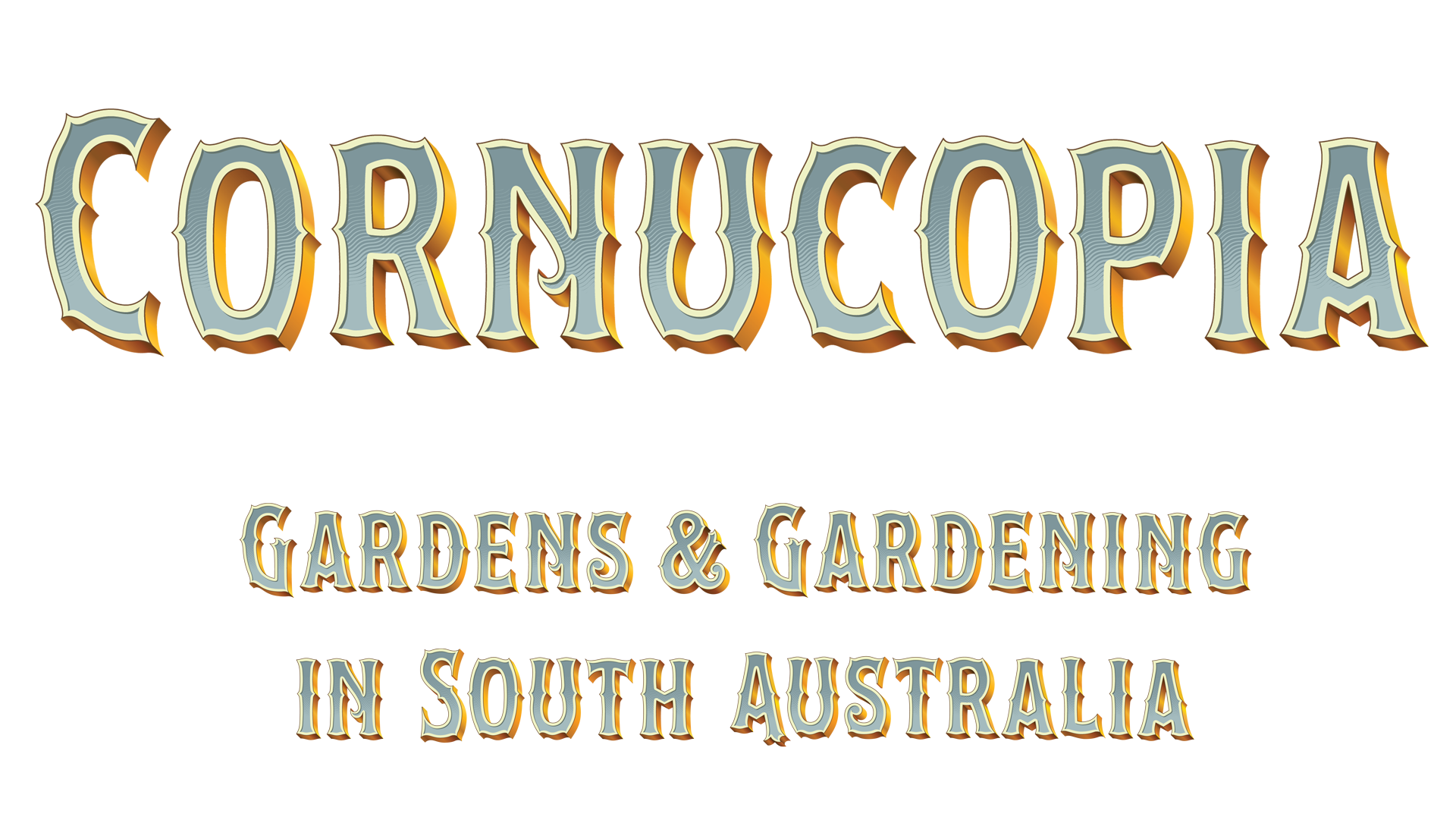
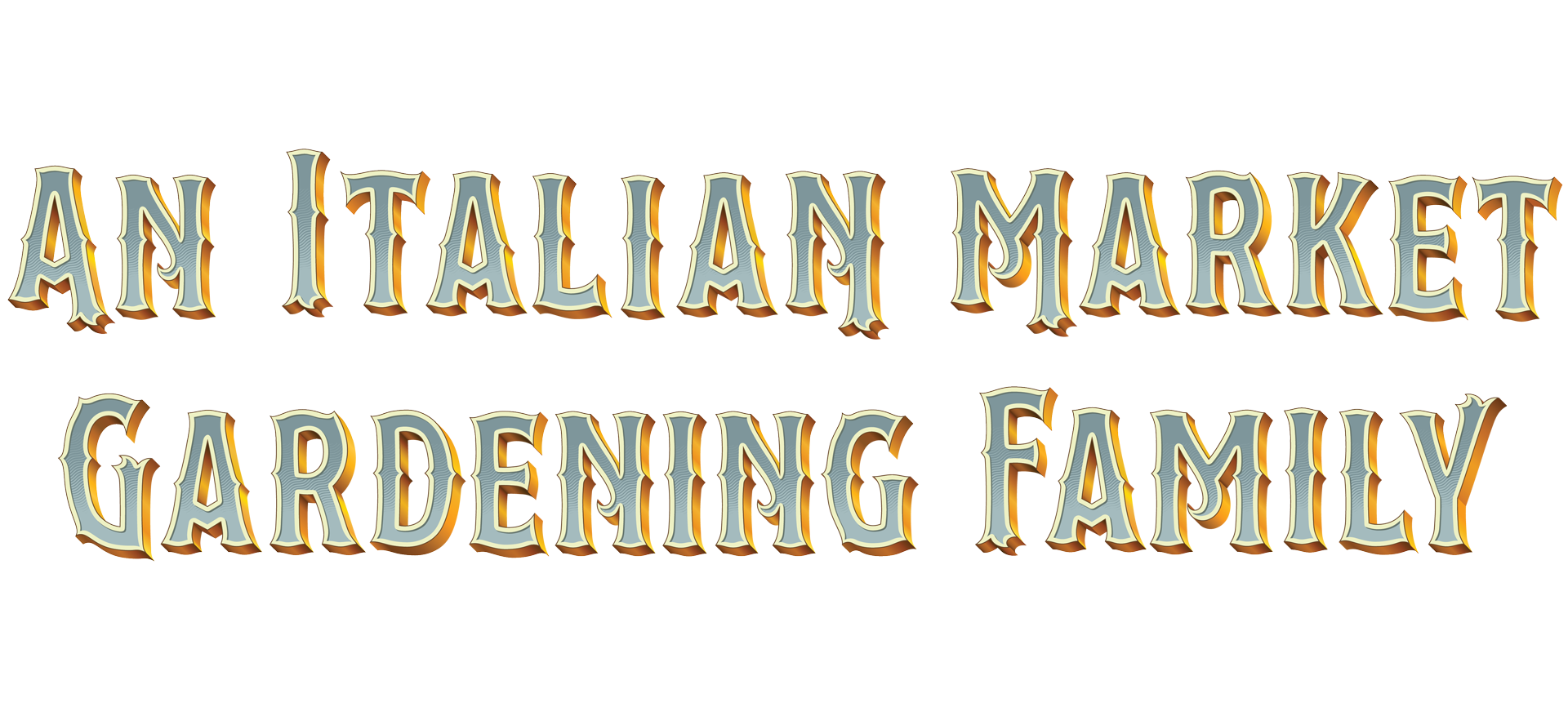
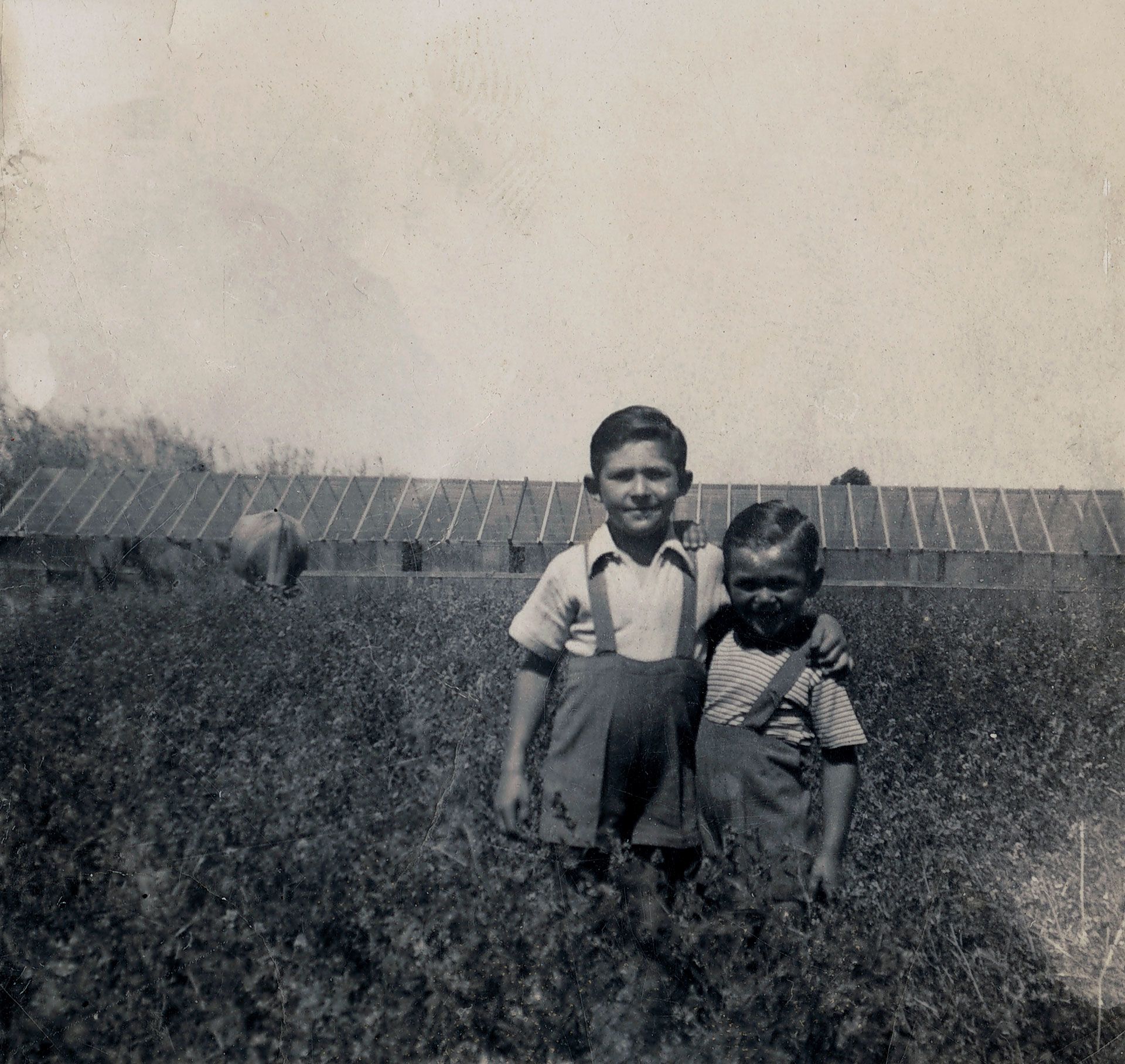
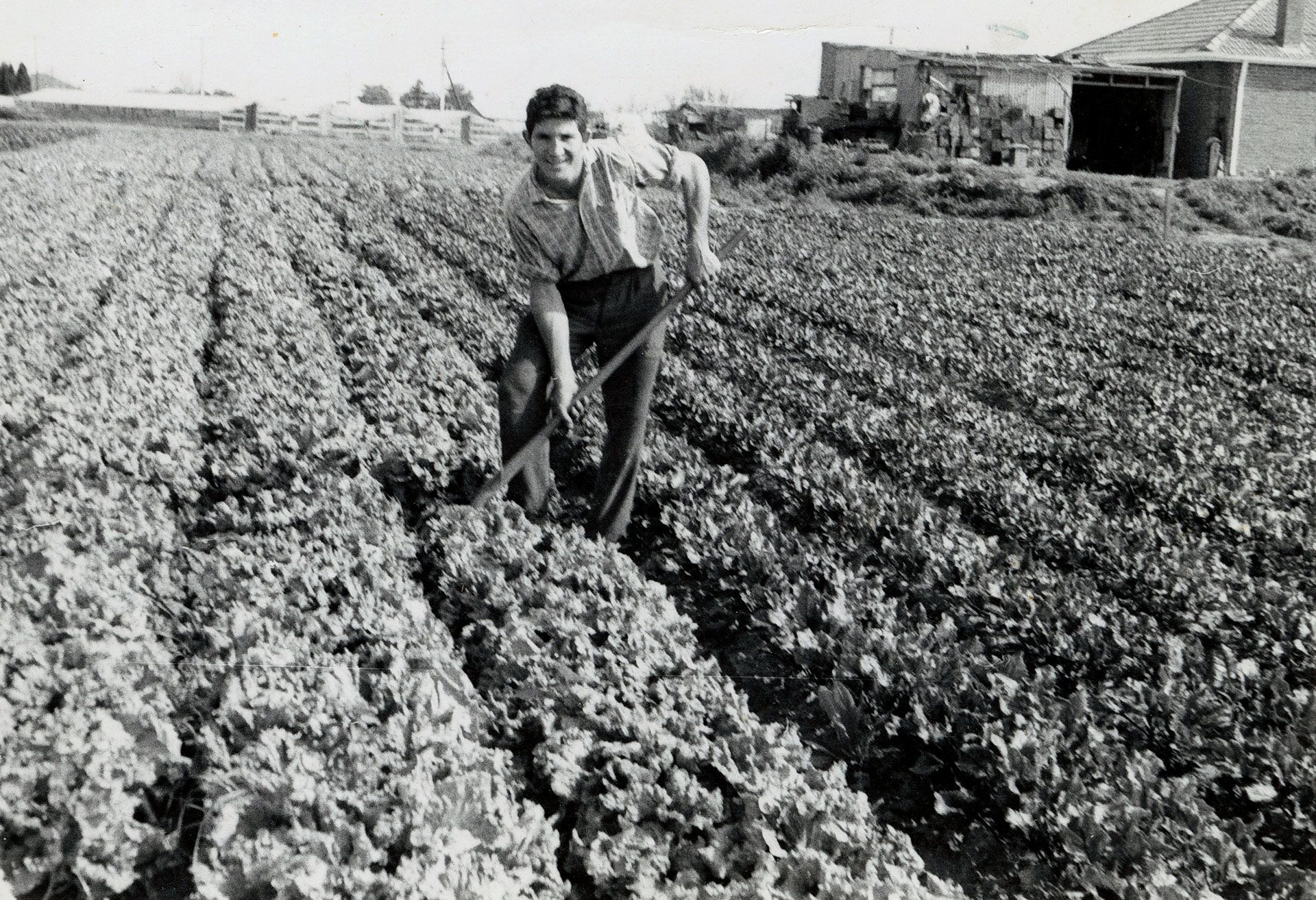
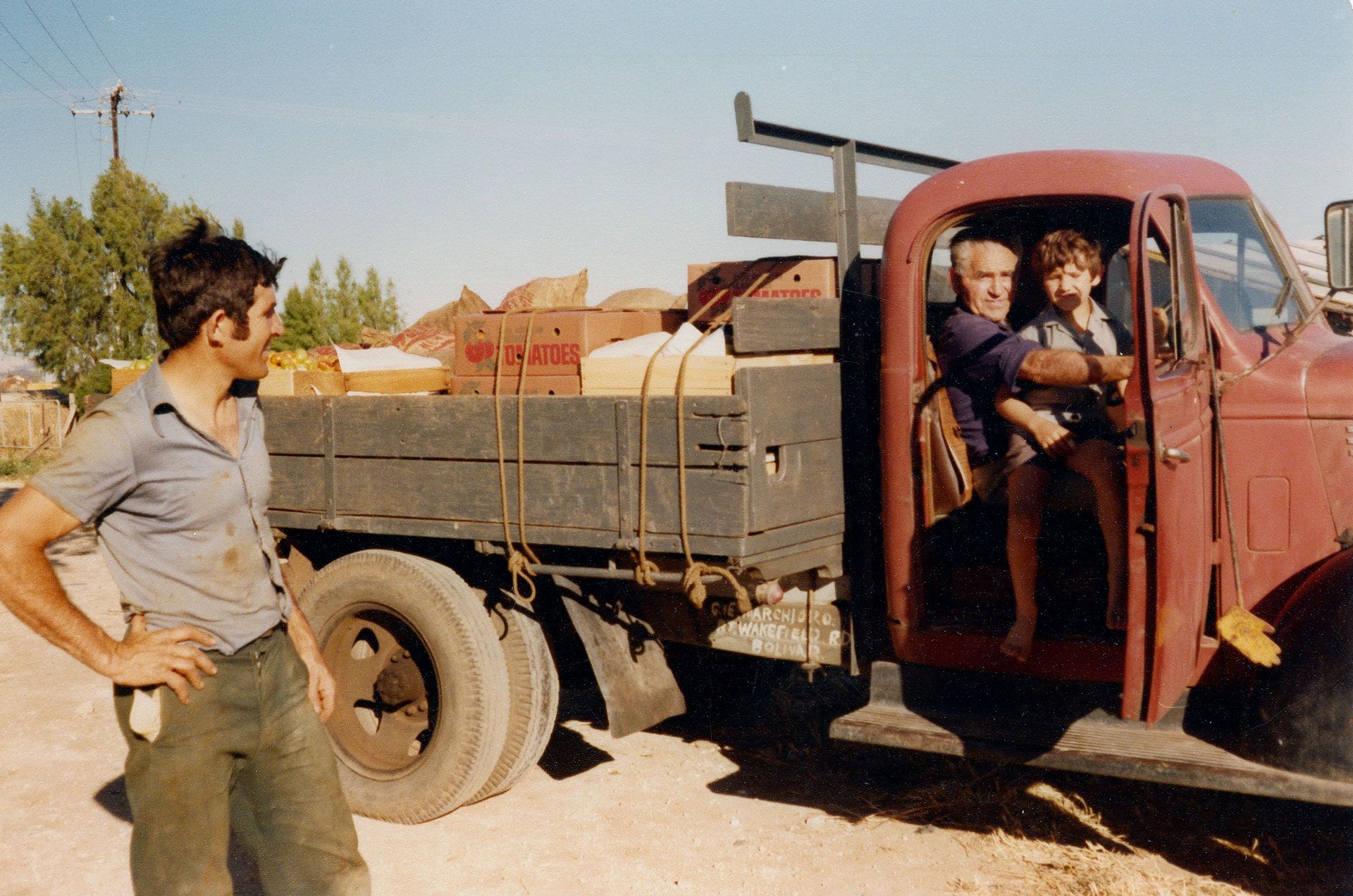
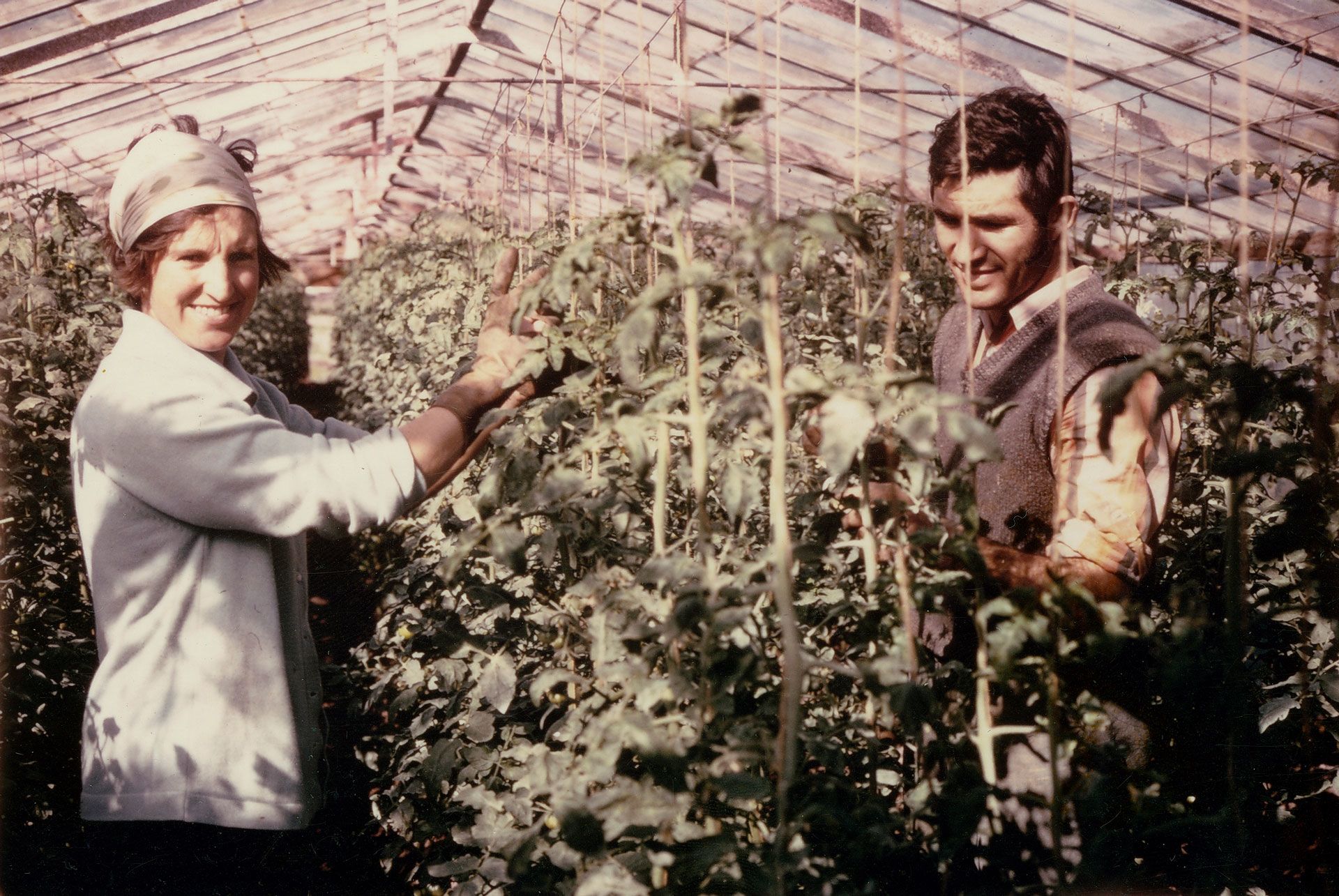
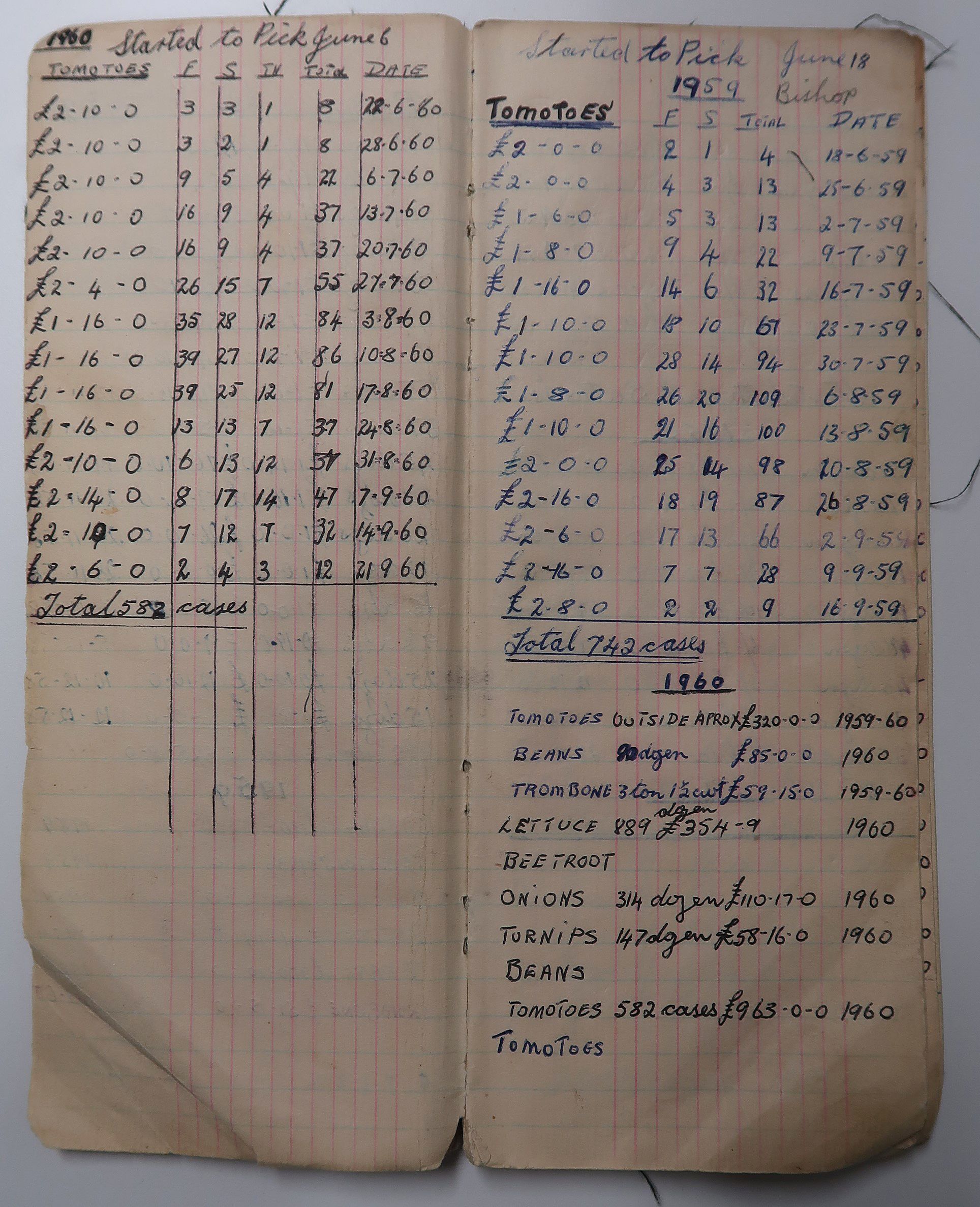
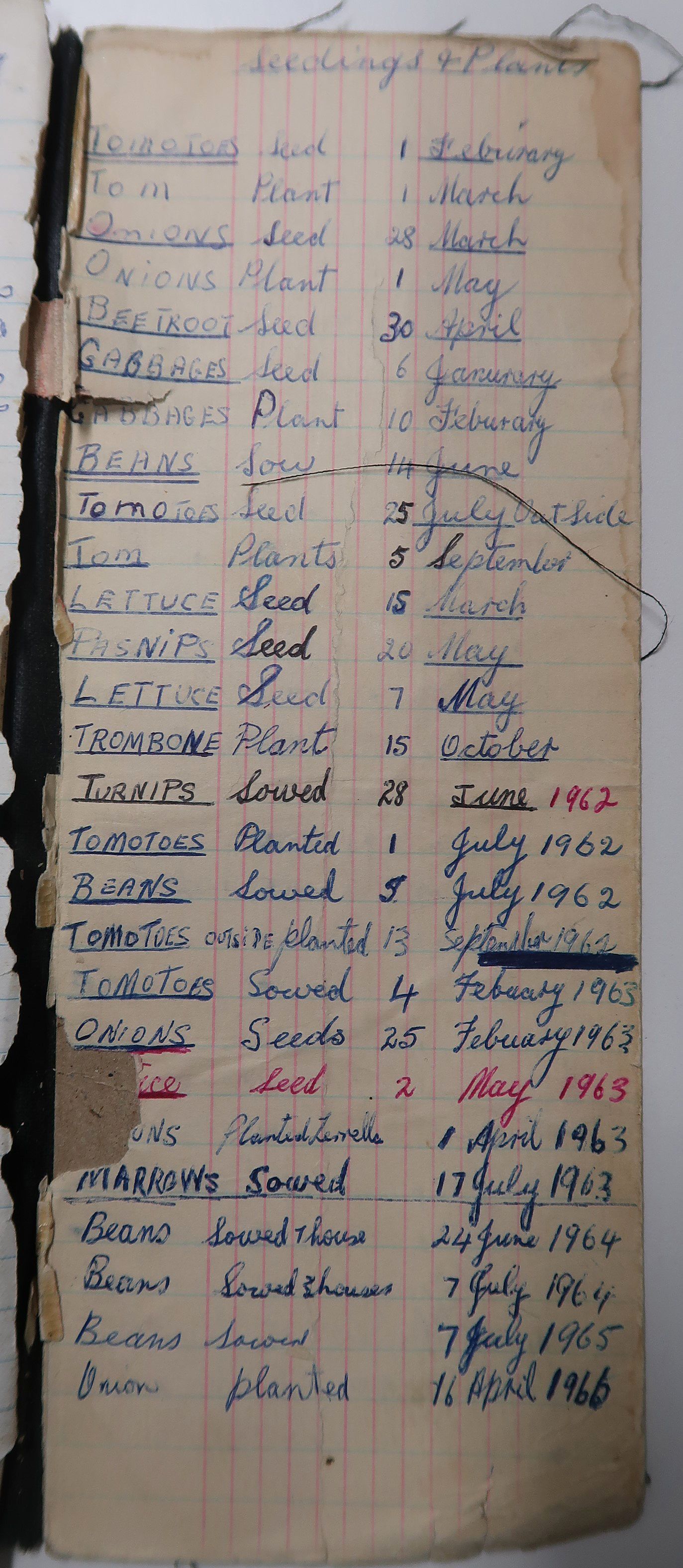

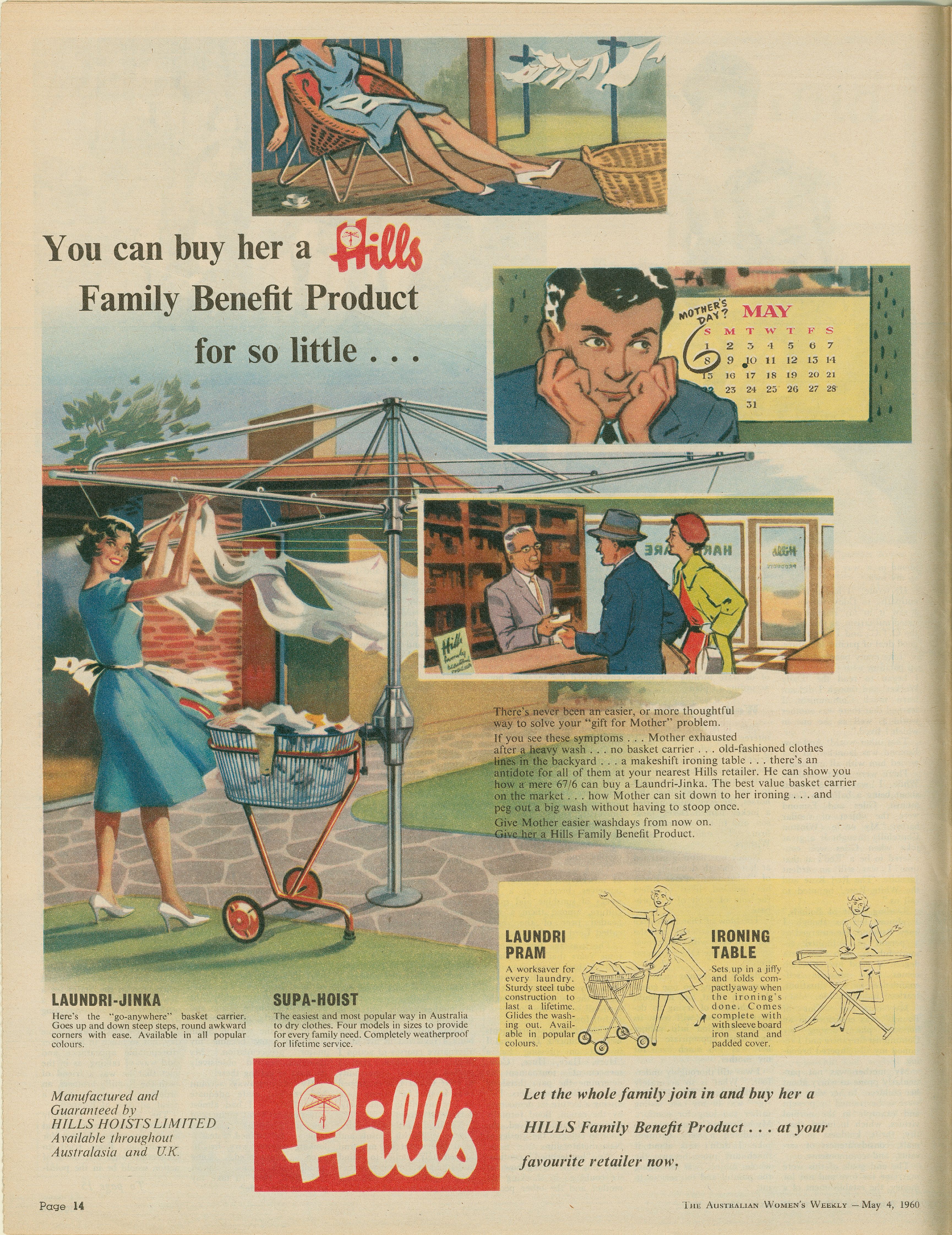
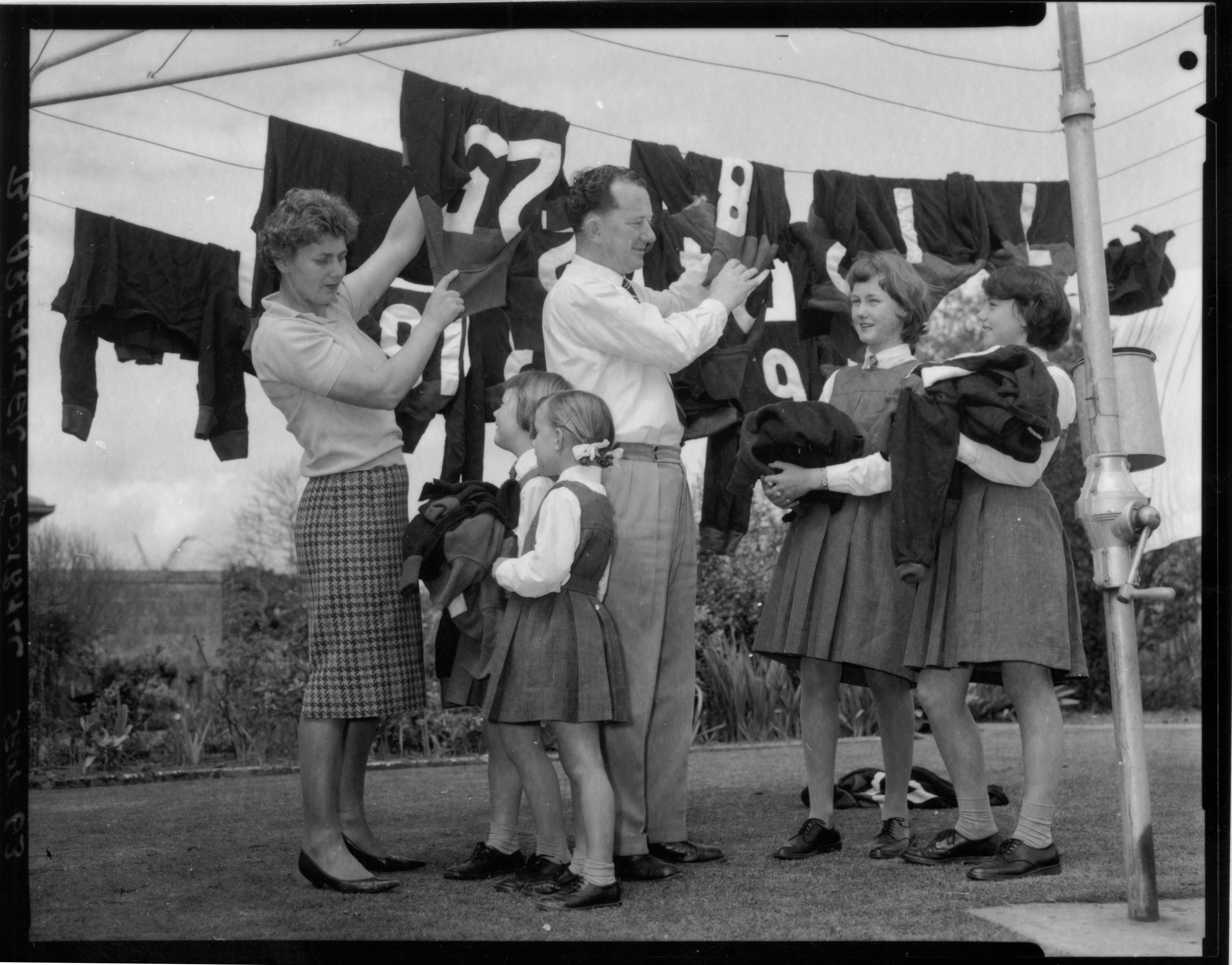

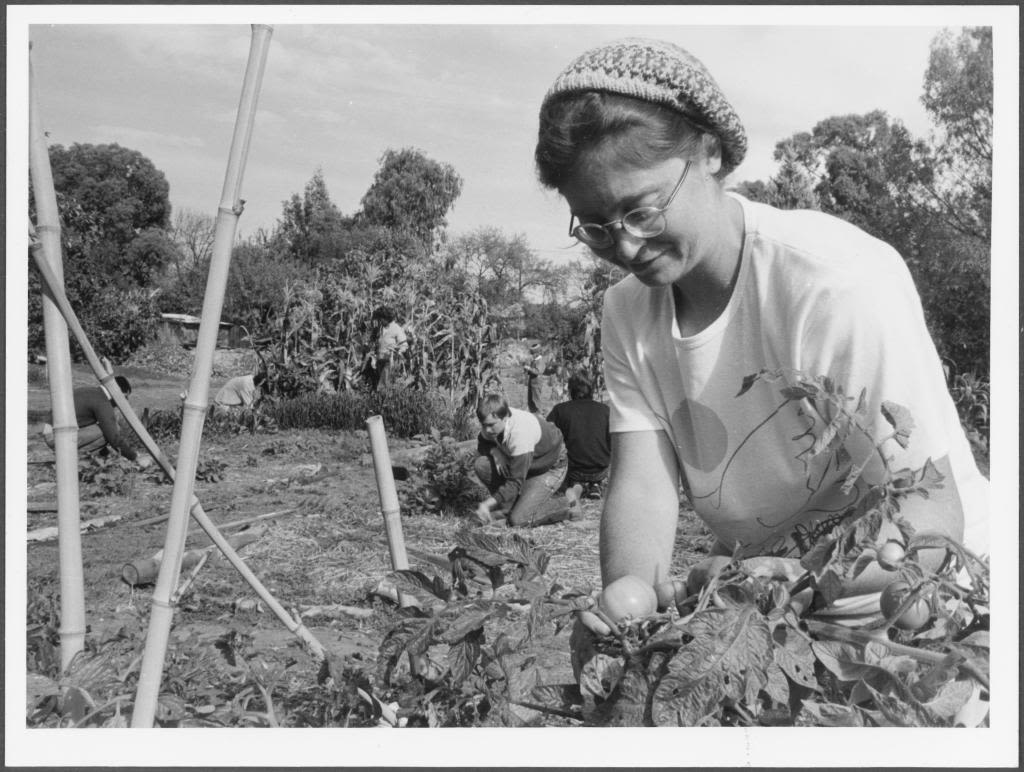
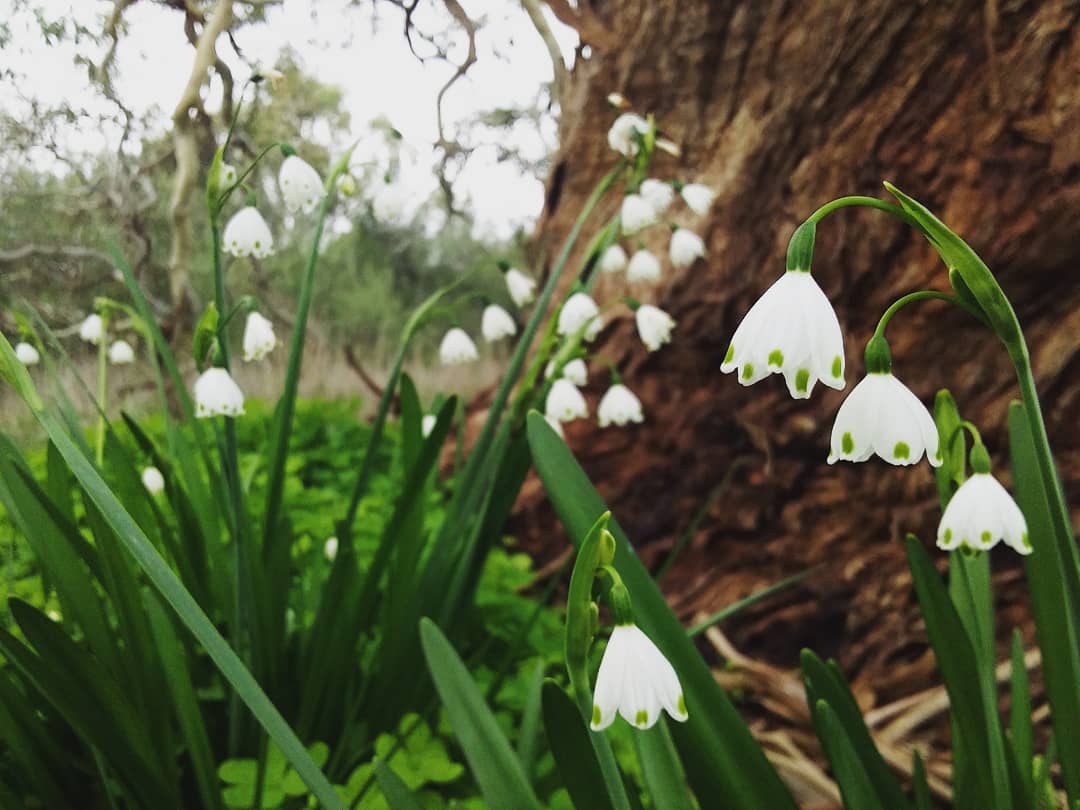
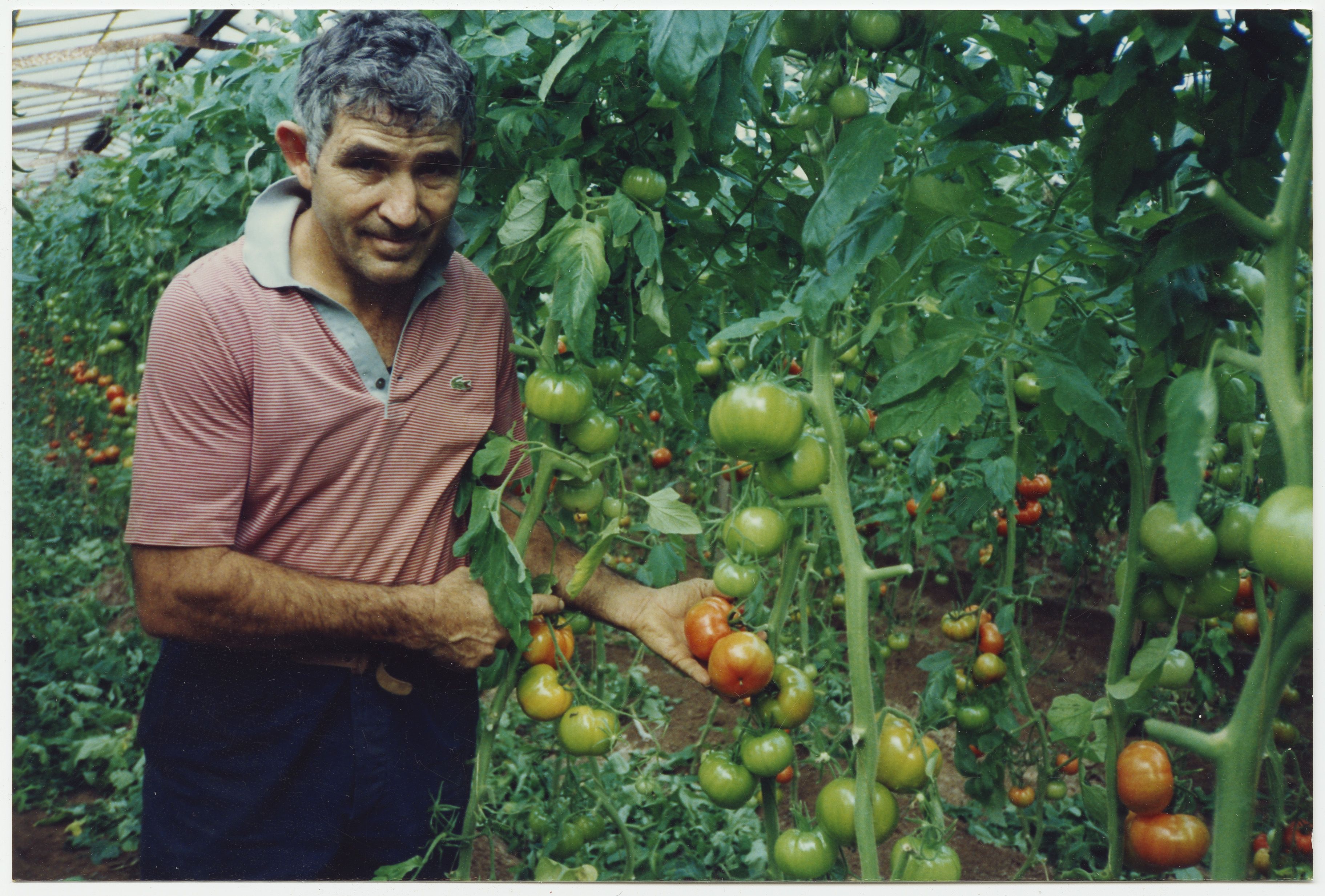
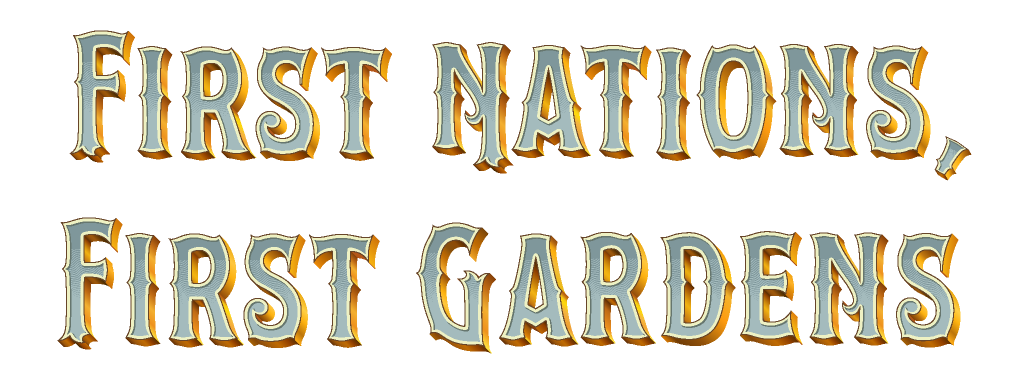


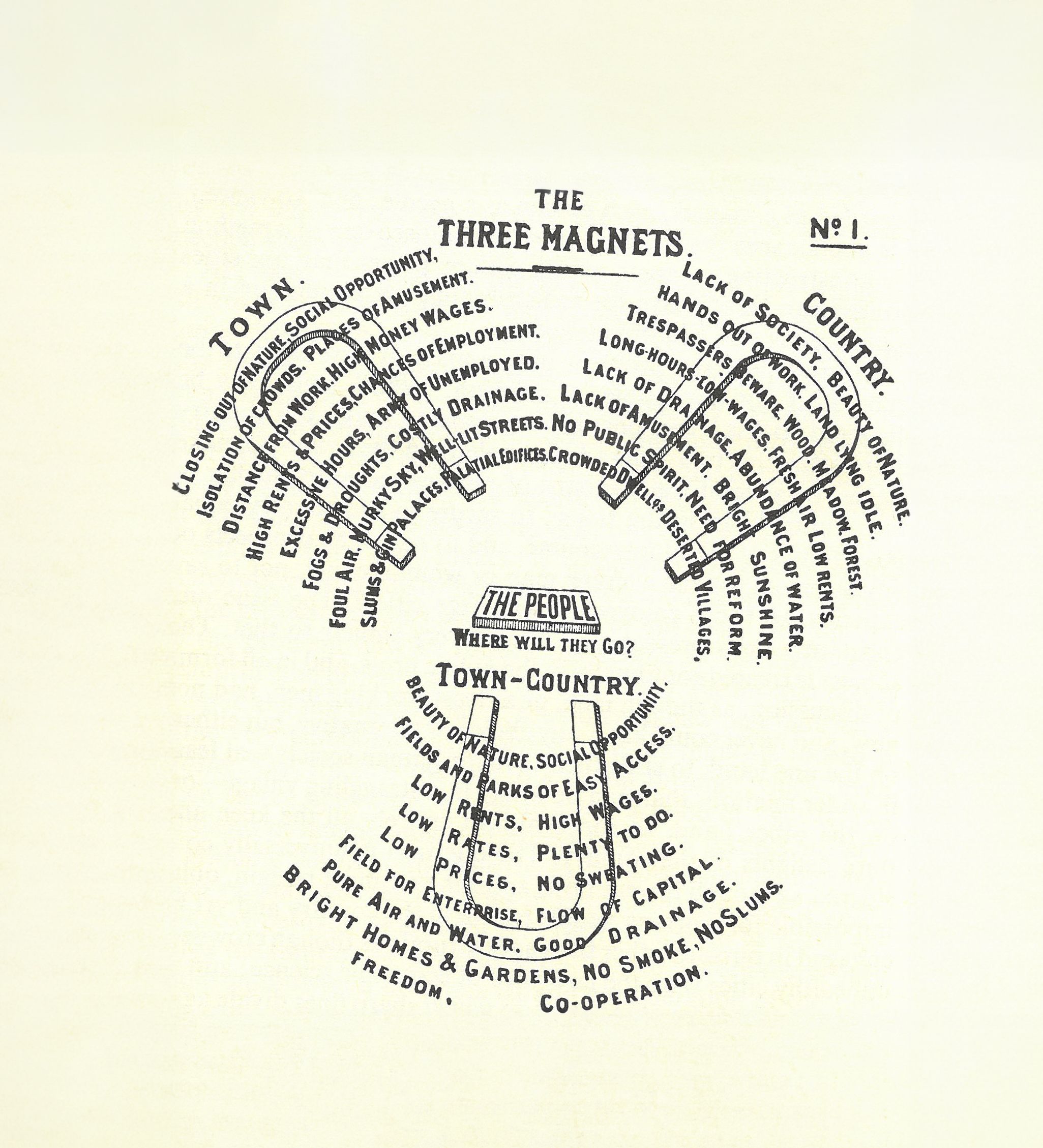
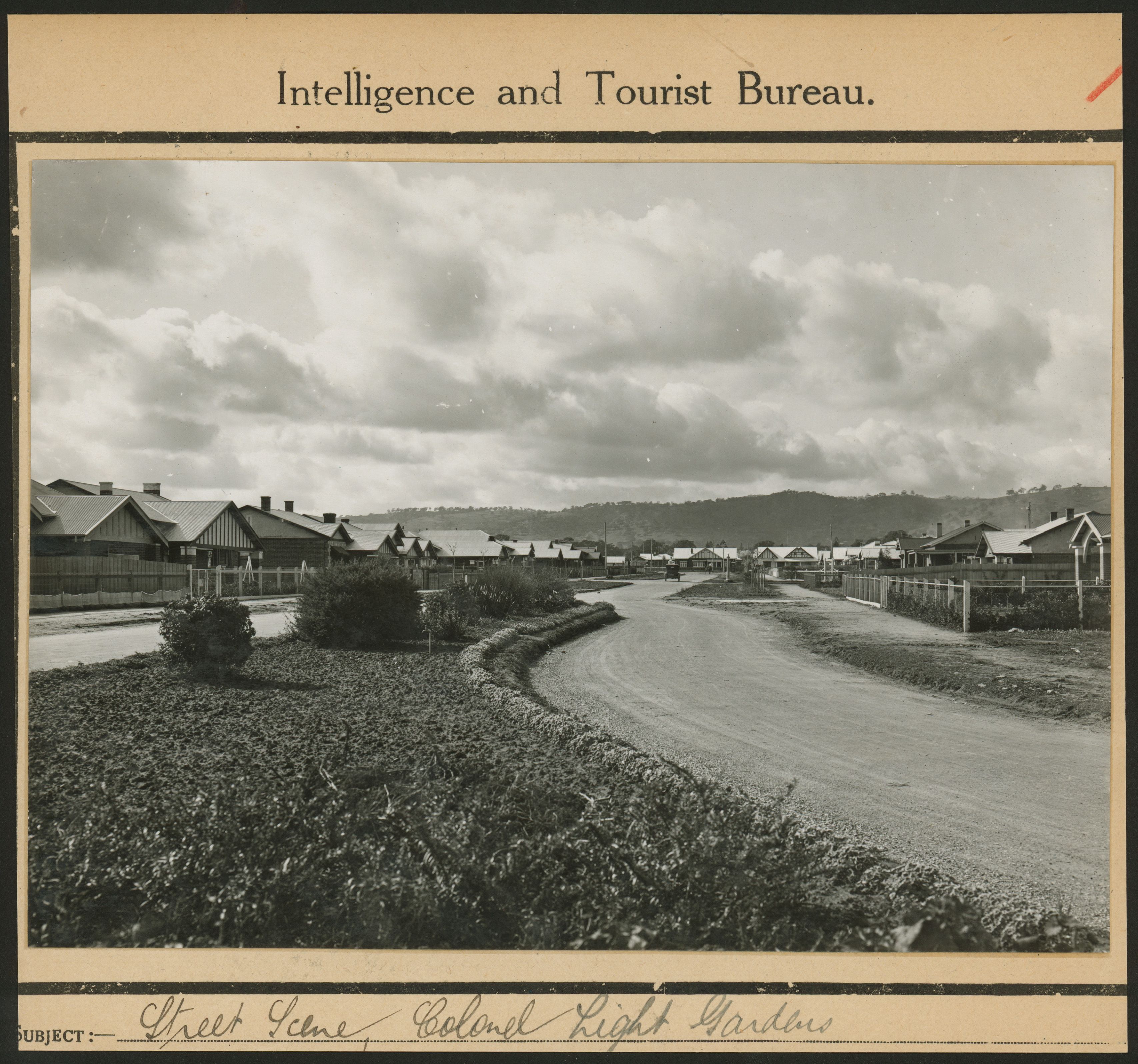
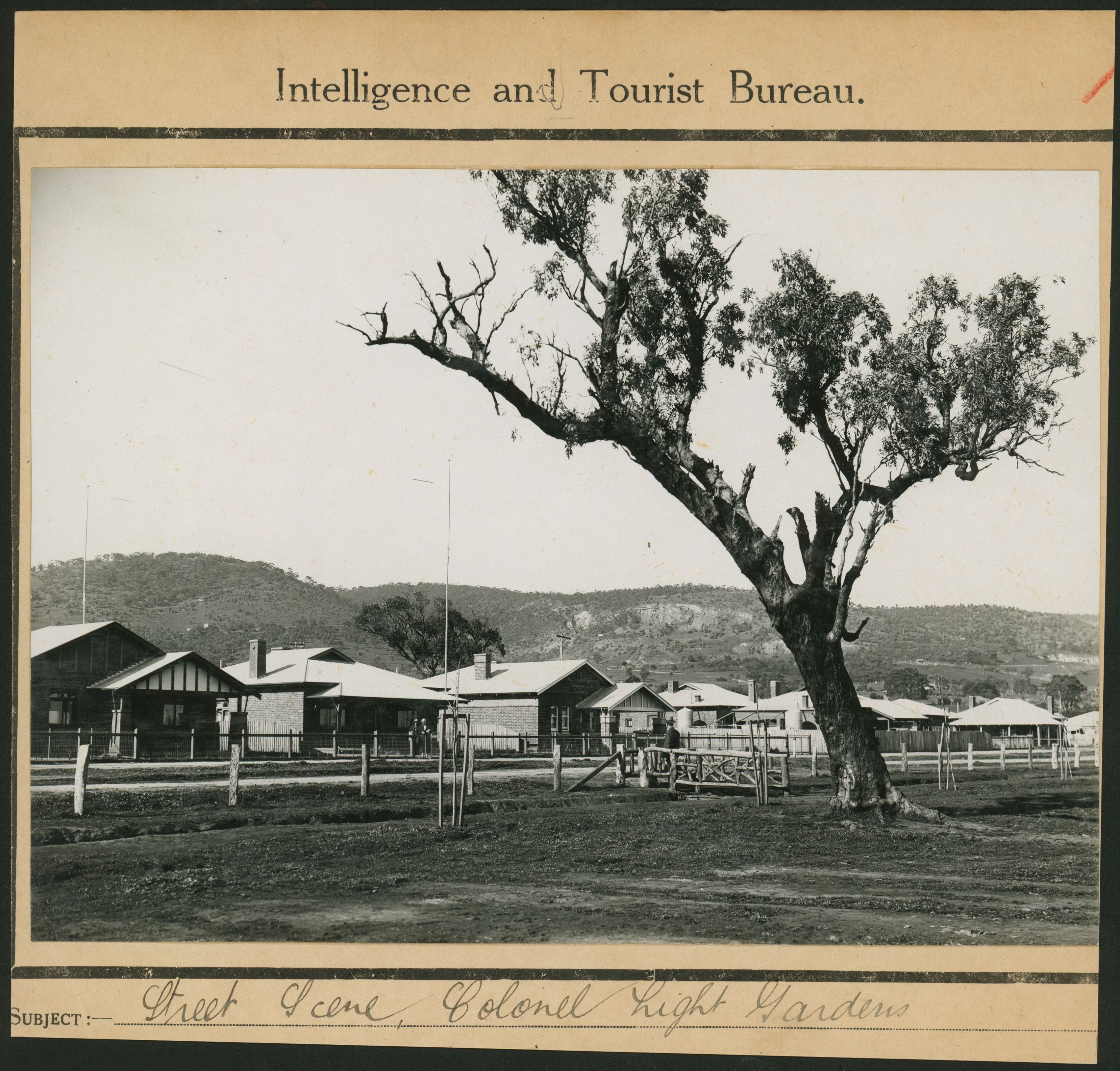
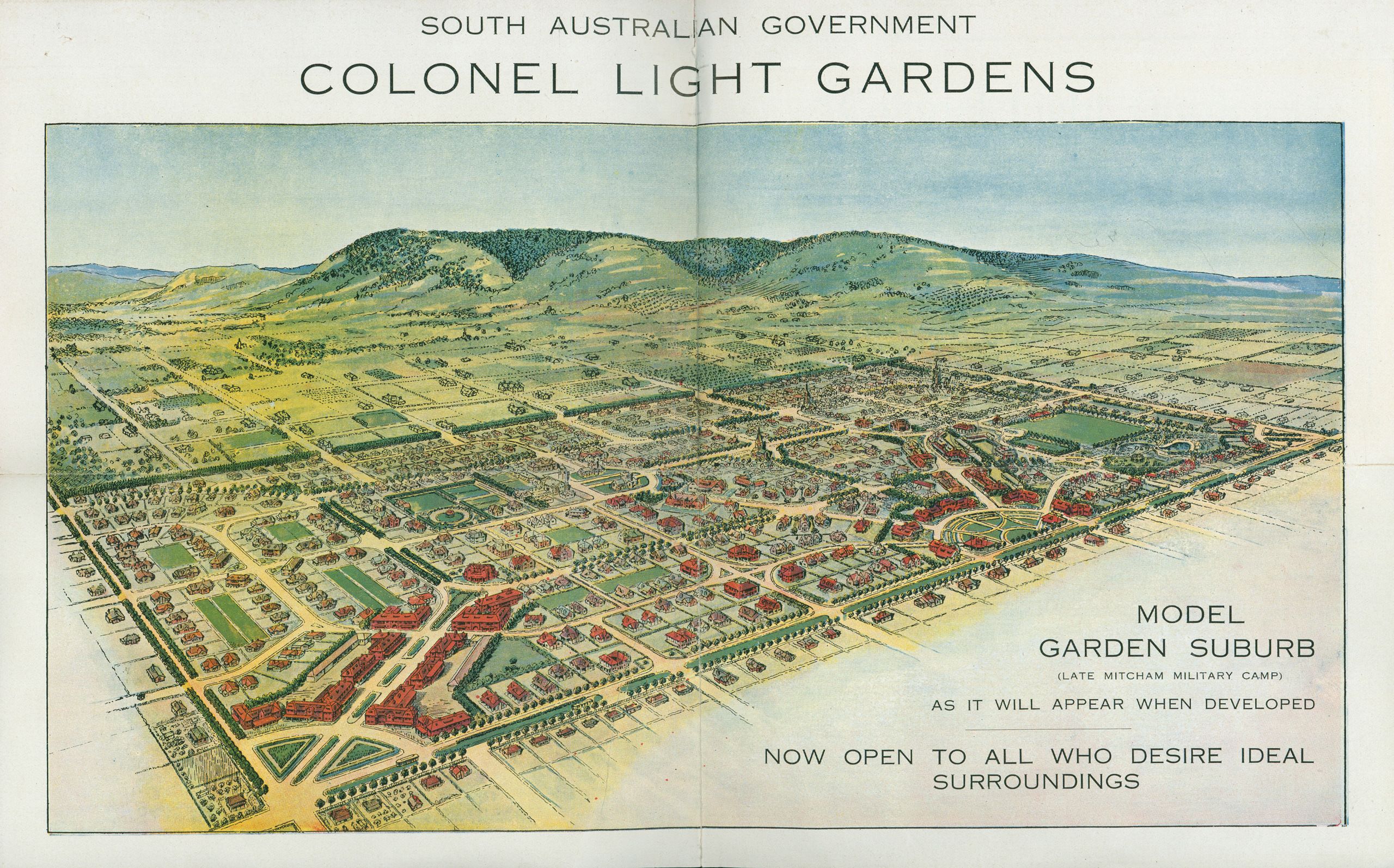
![Rostrevor Estate [cartographic material] / by A.C.D. Beresford & Son, Licensed Surveyors. SLSA: C 769/1 Map Collection](./assets/FNDtW6HZ4q/rostrevor-c769_1-2560x3726.jpg)

